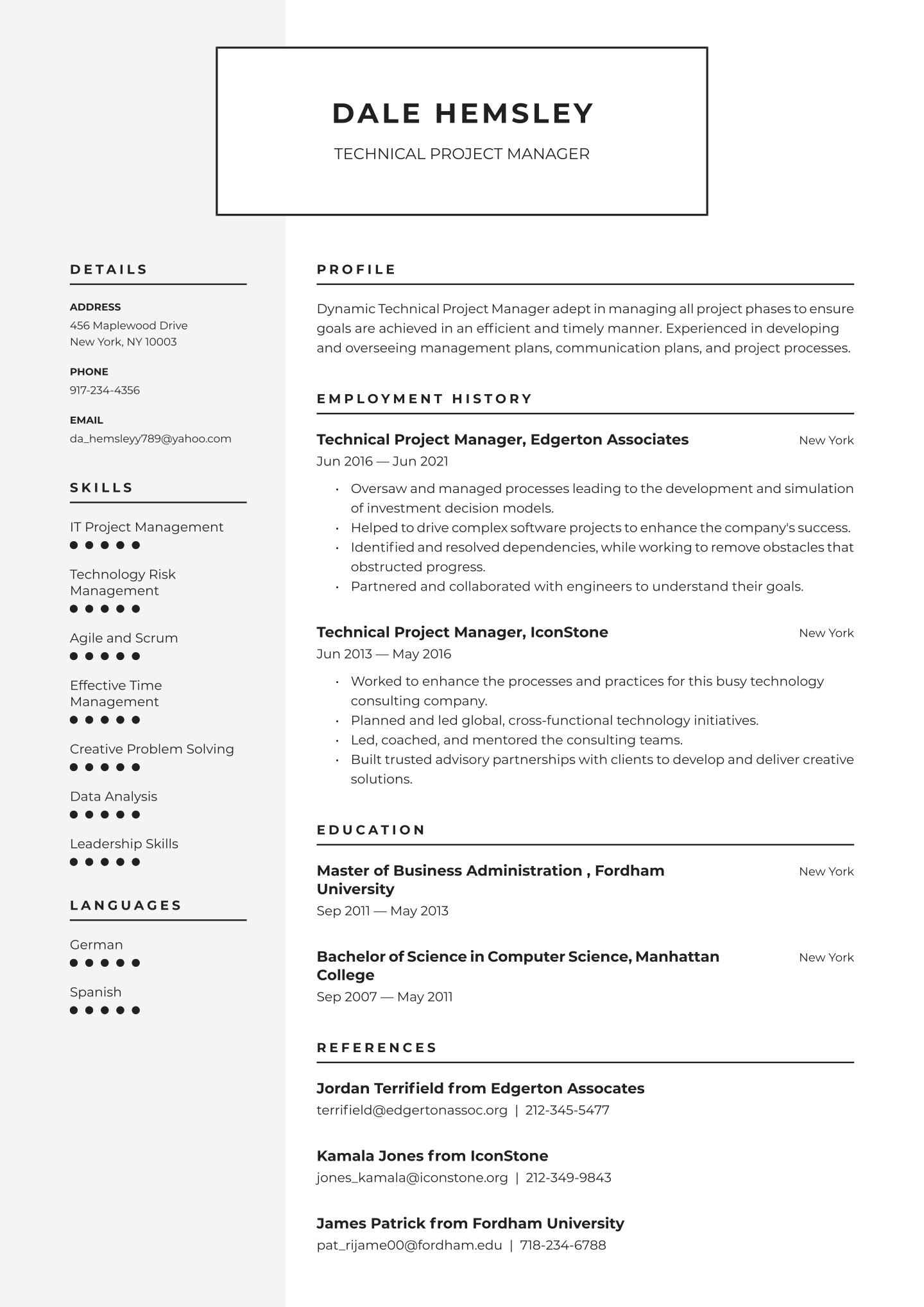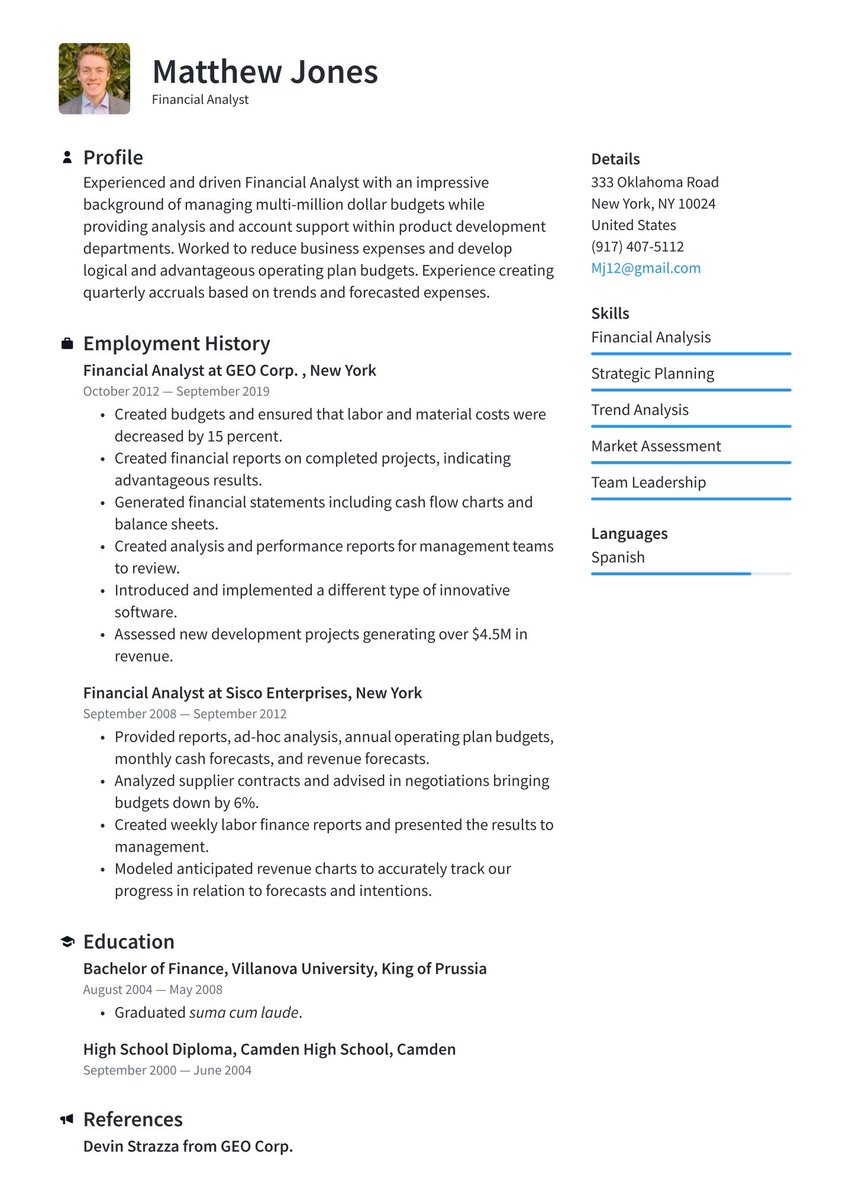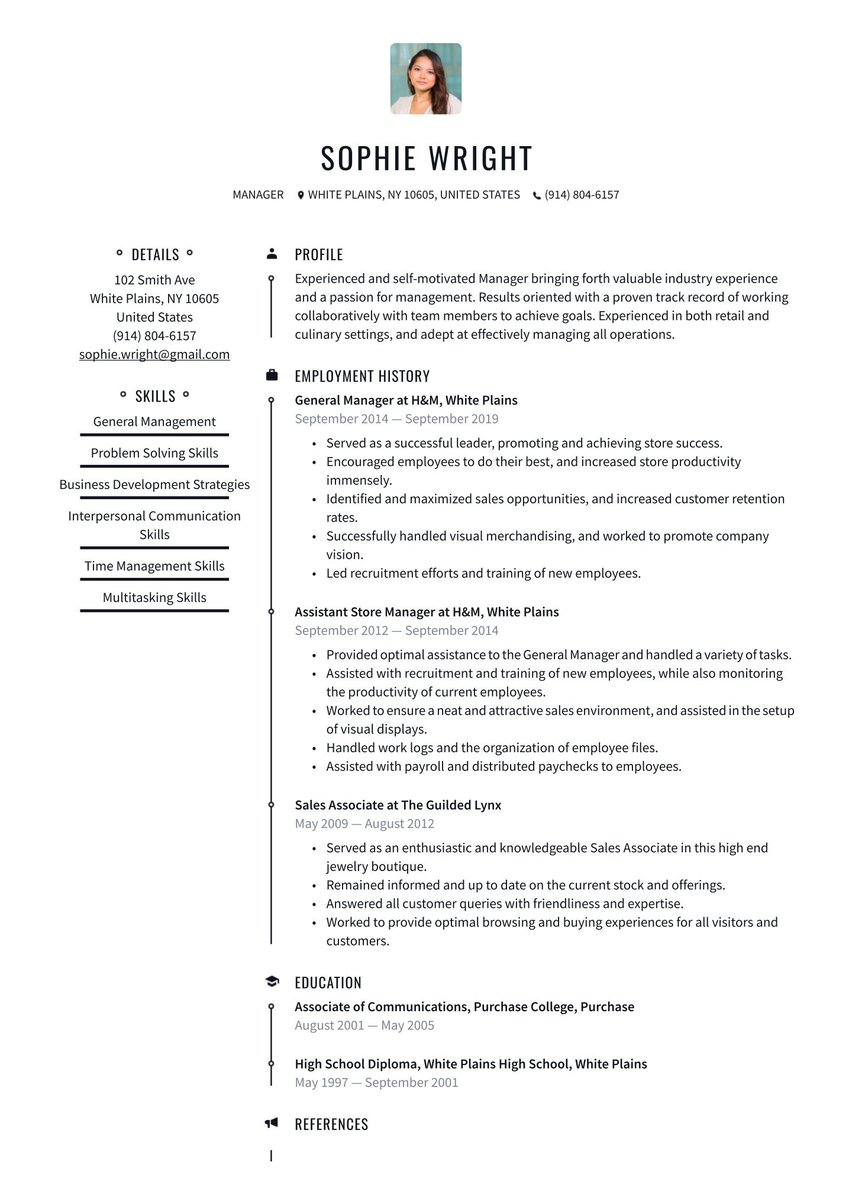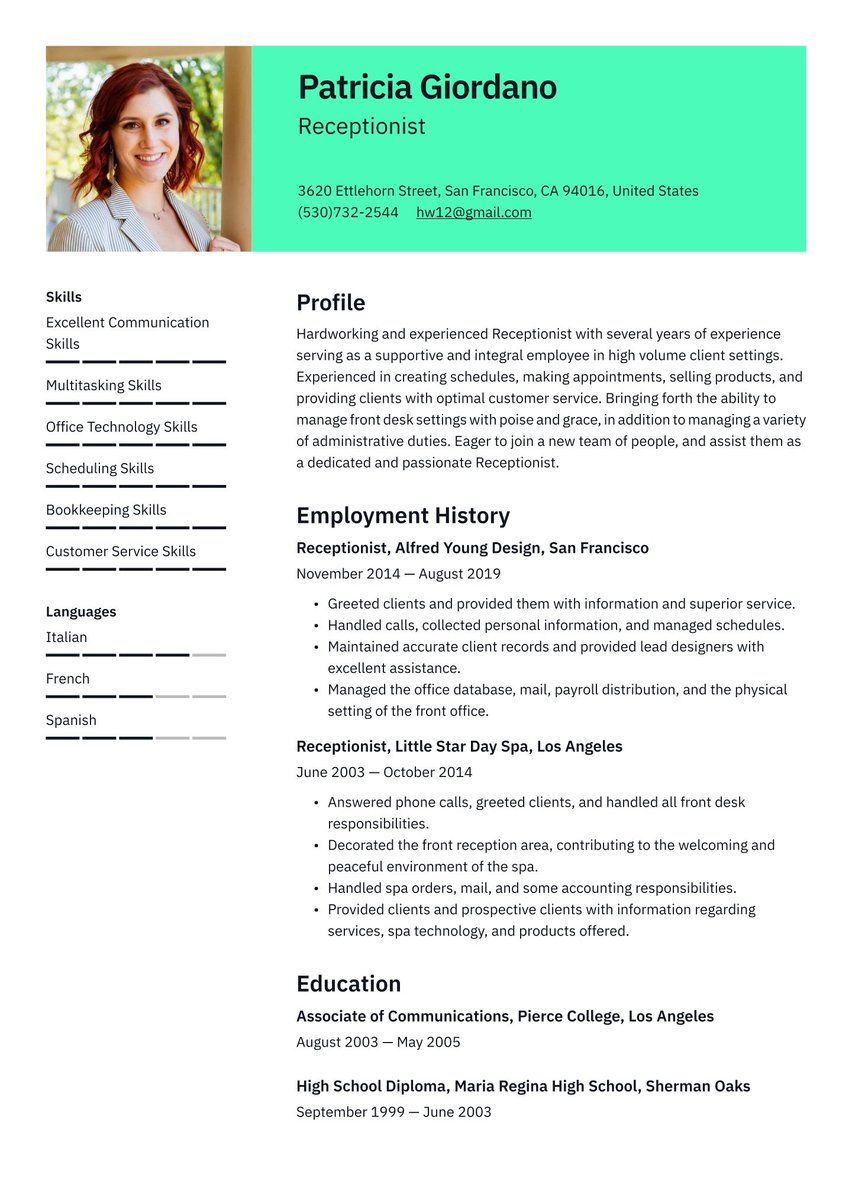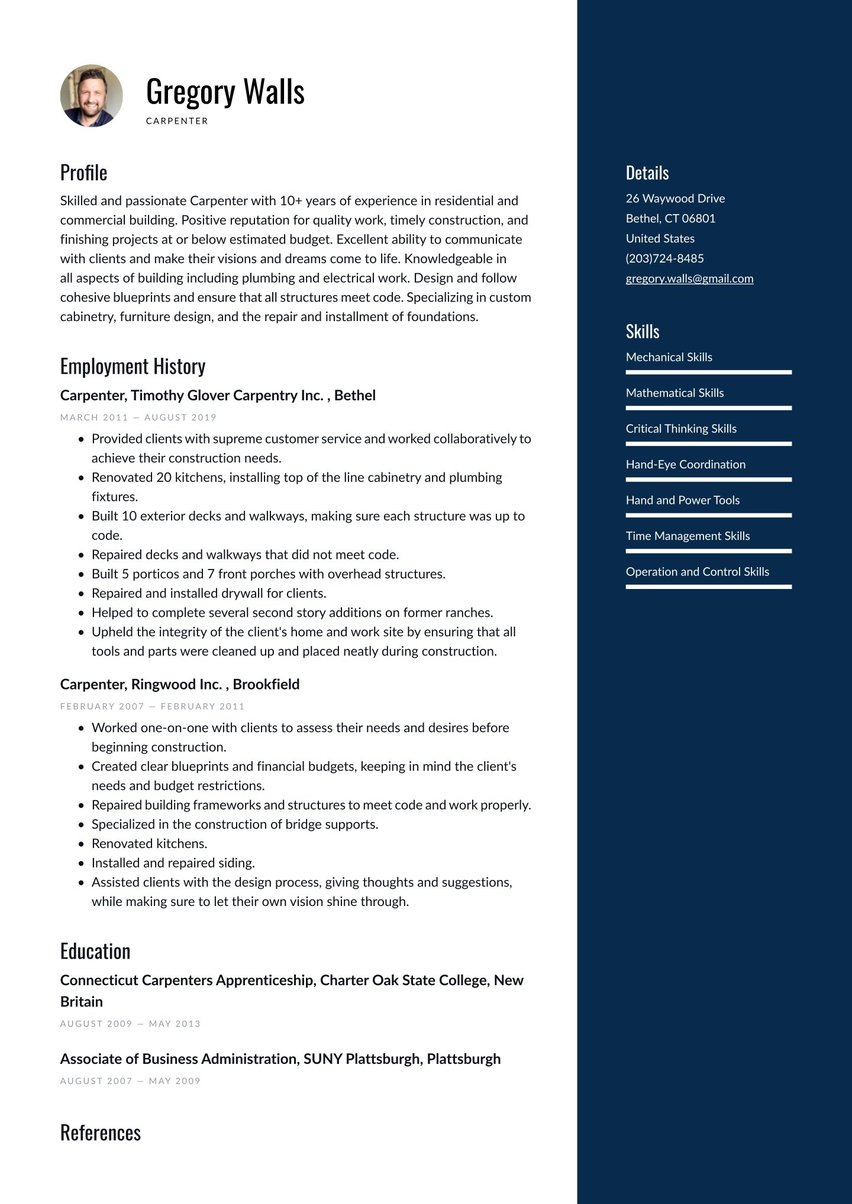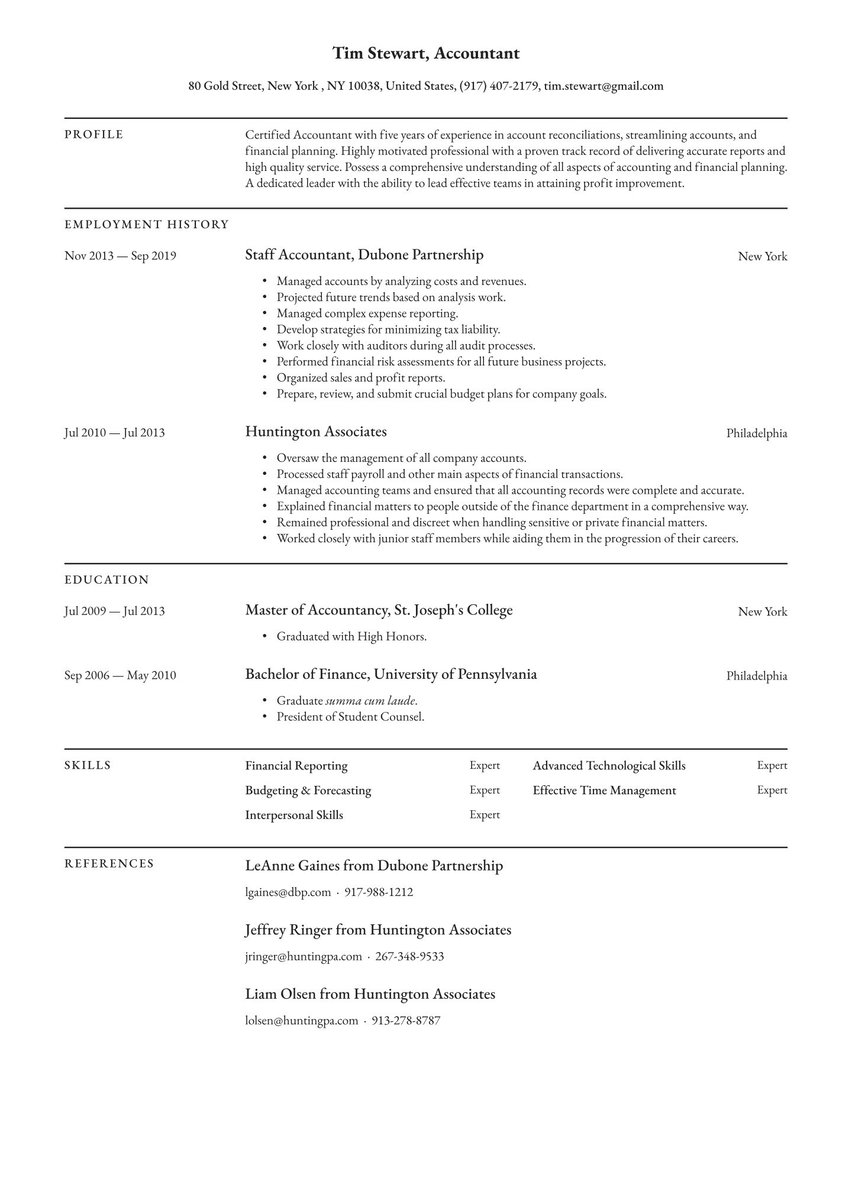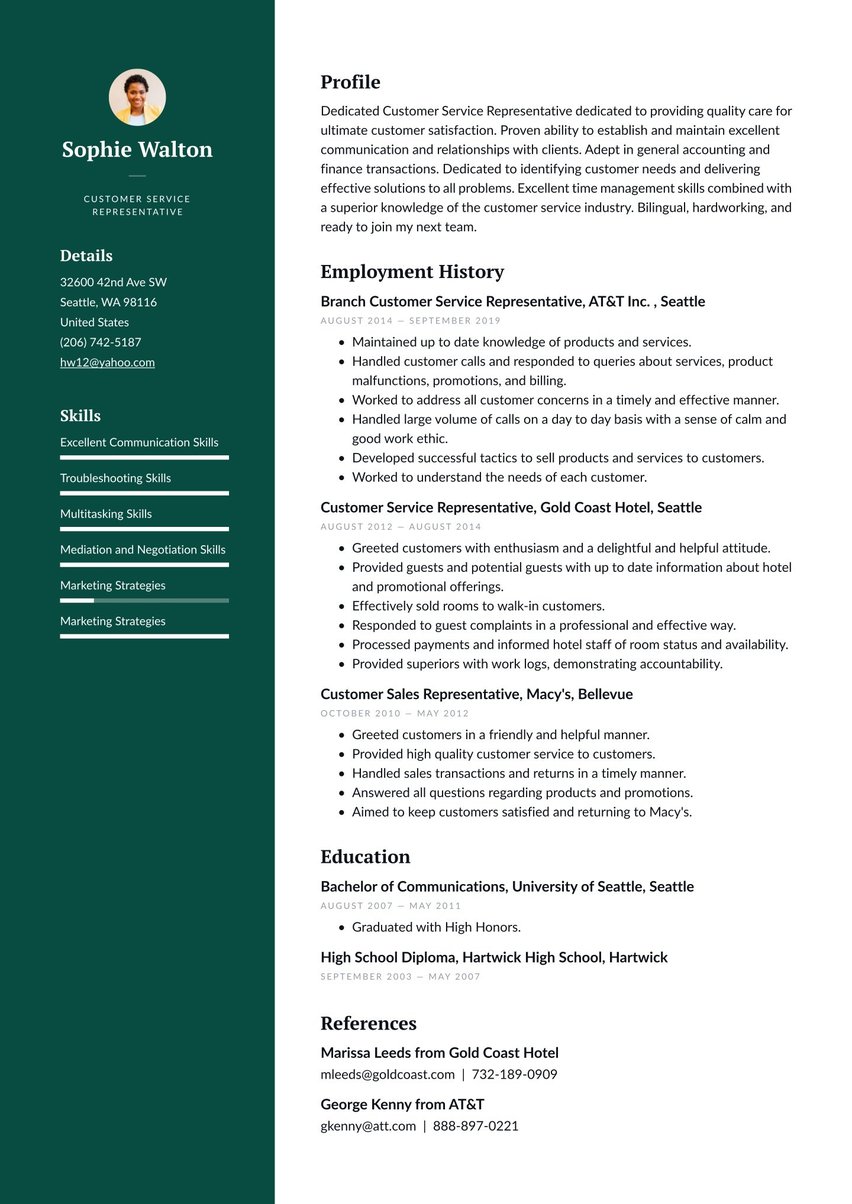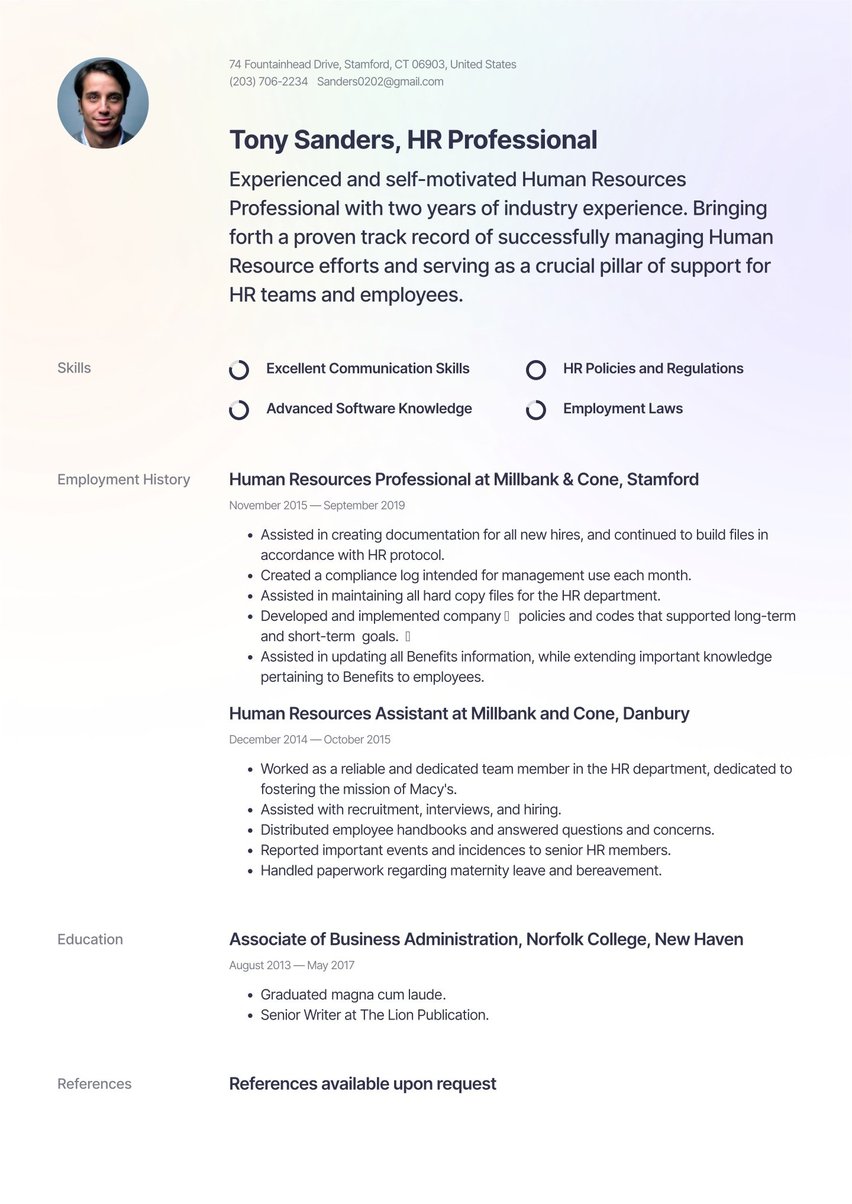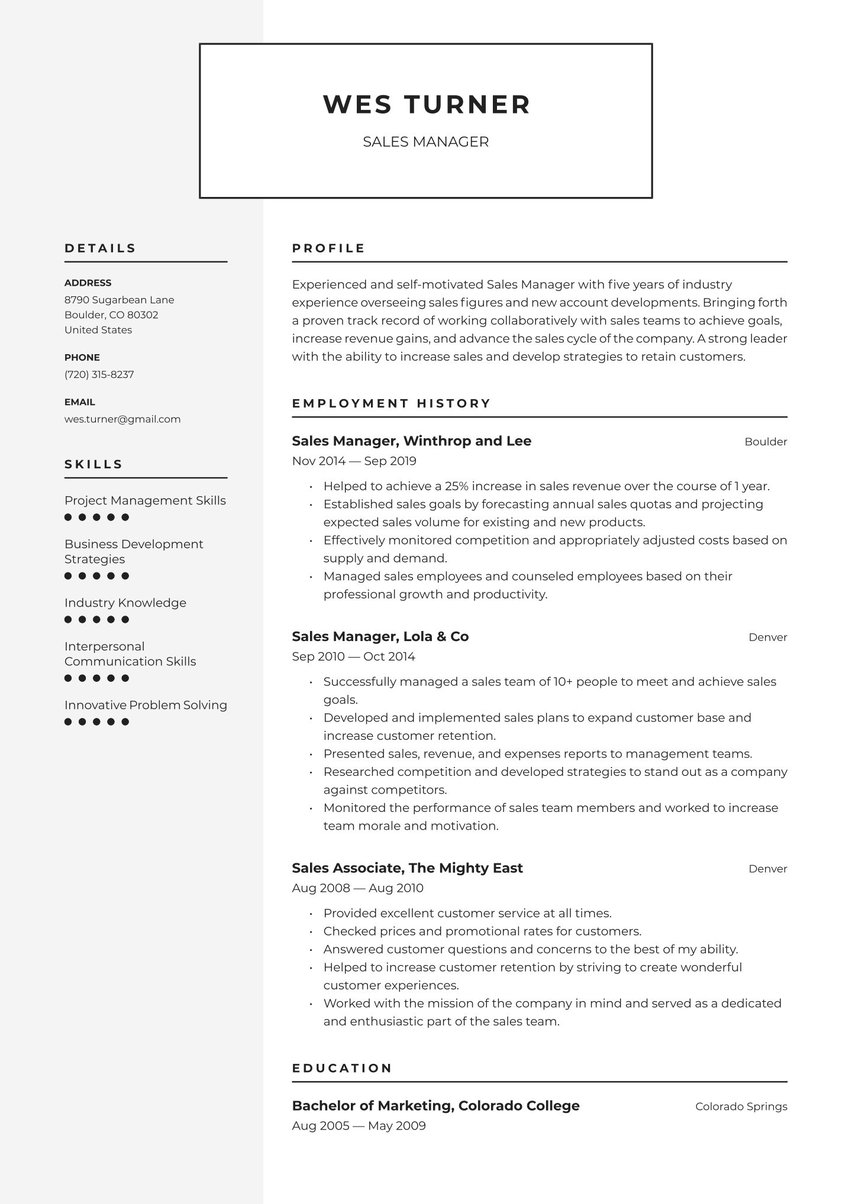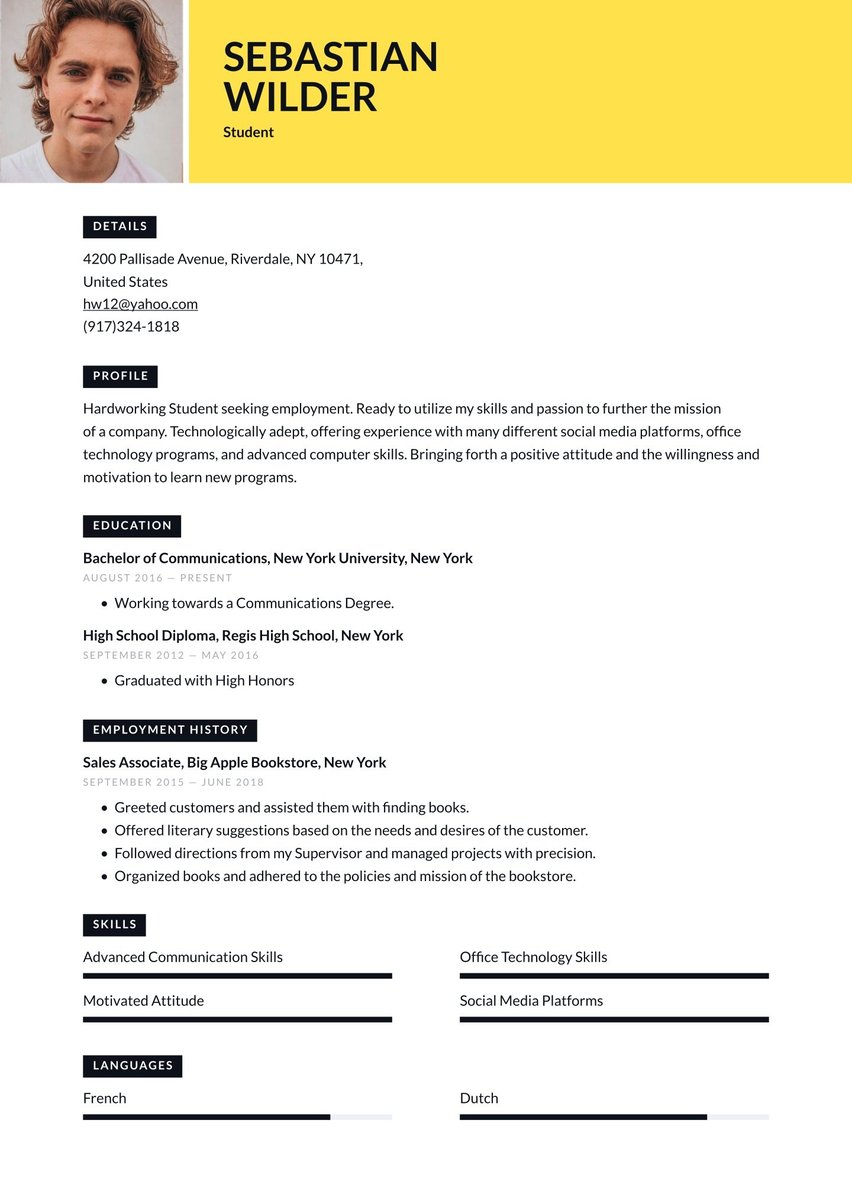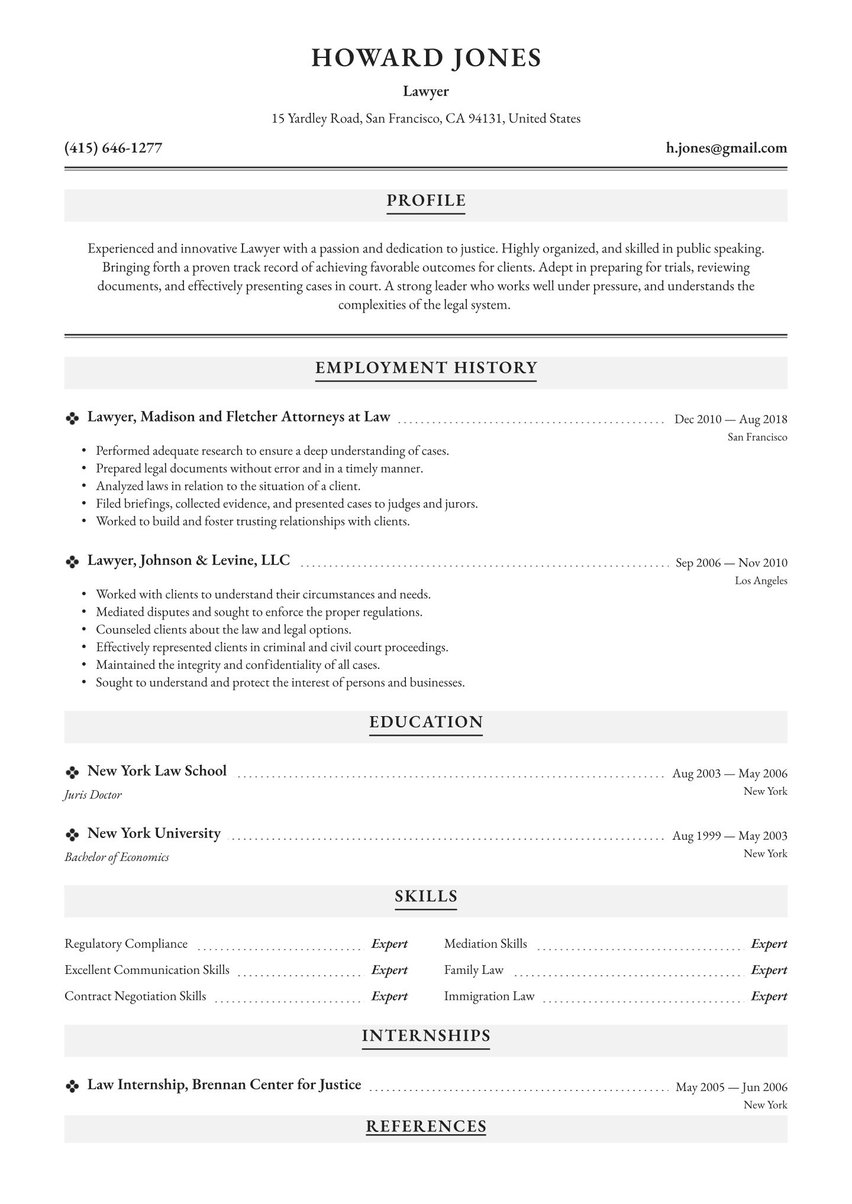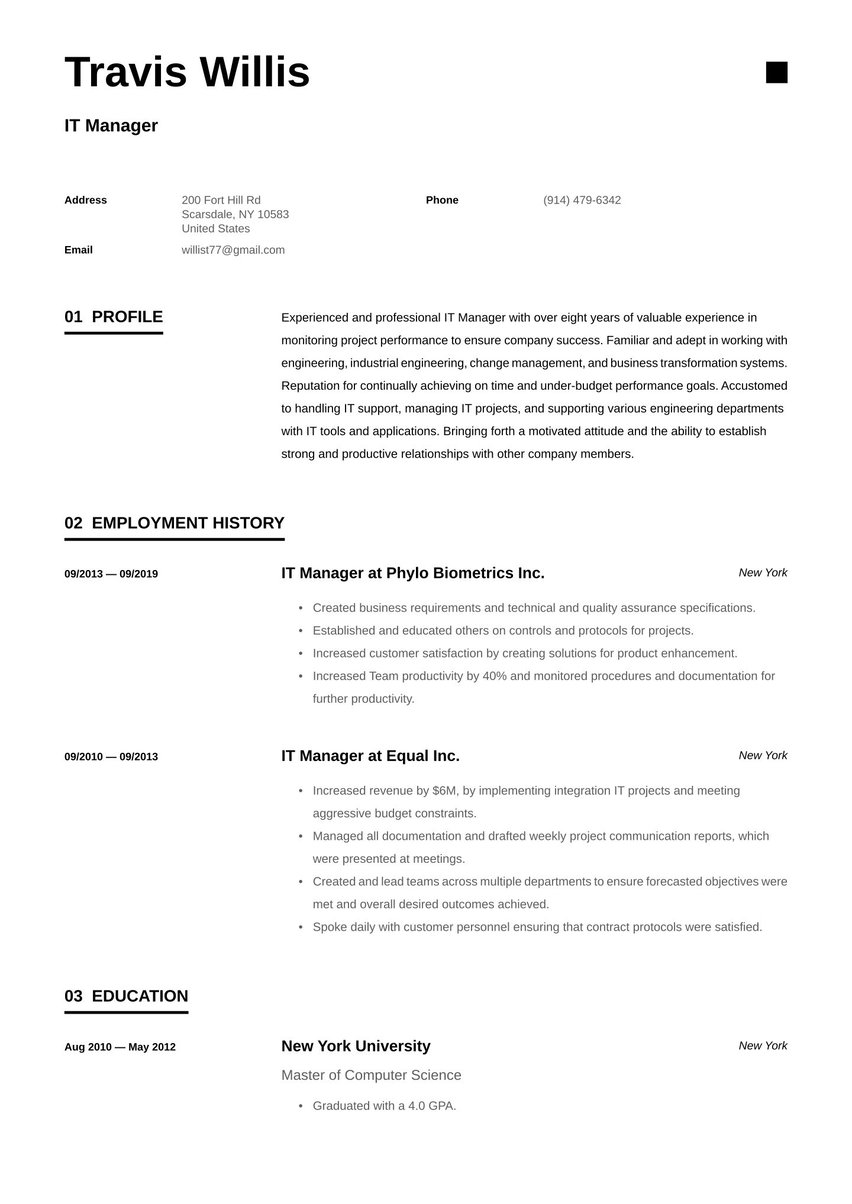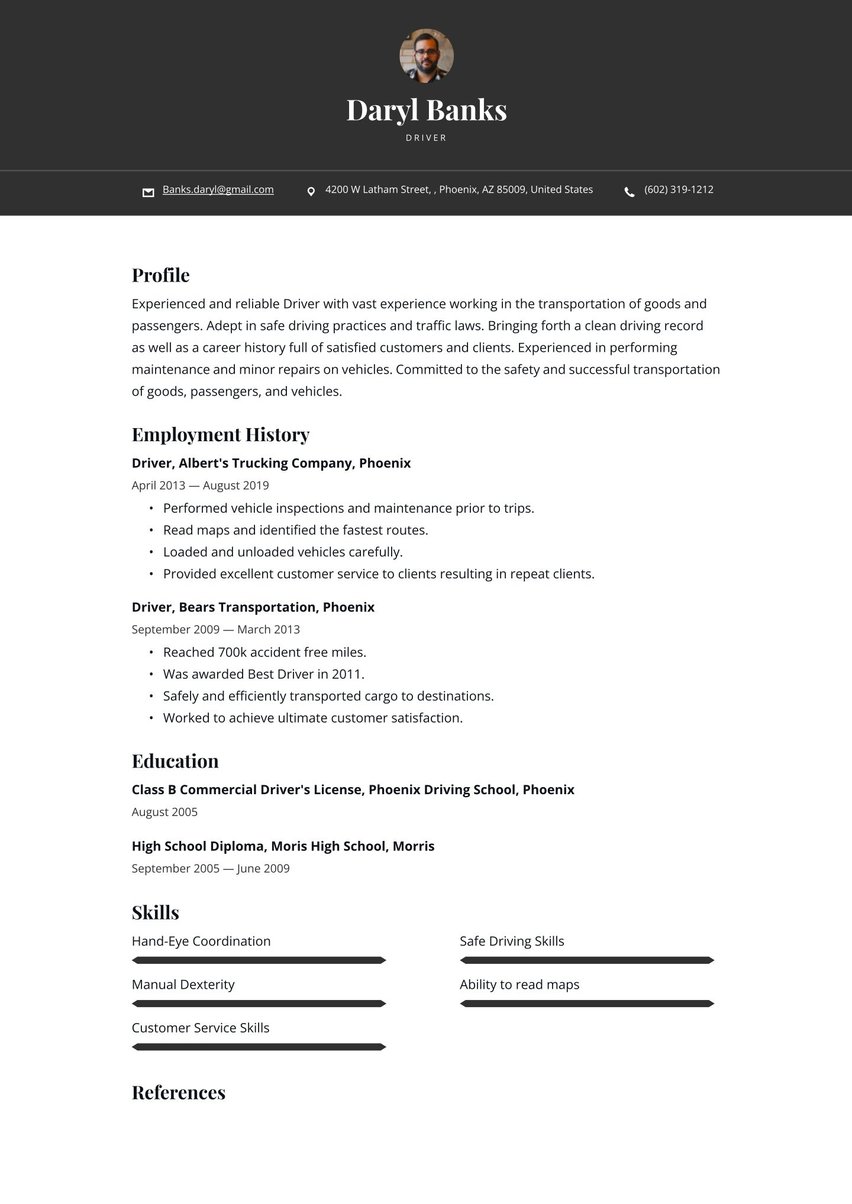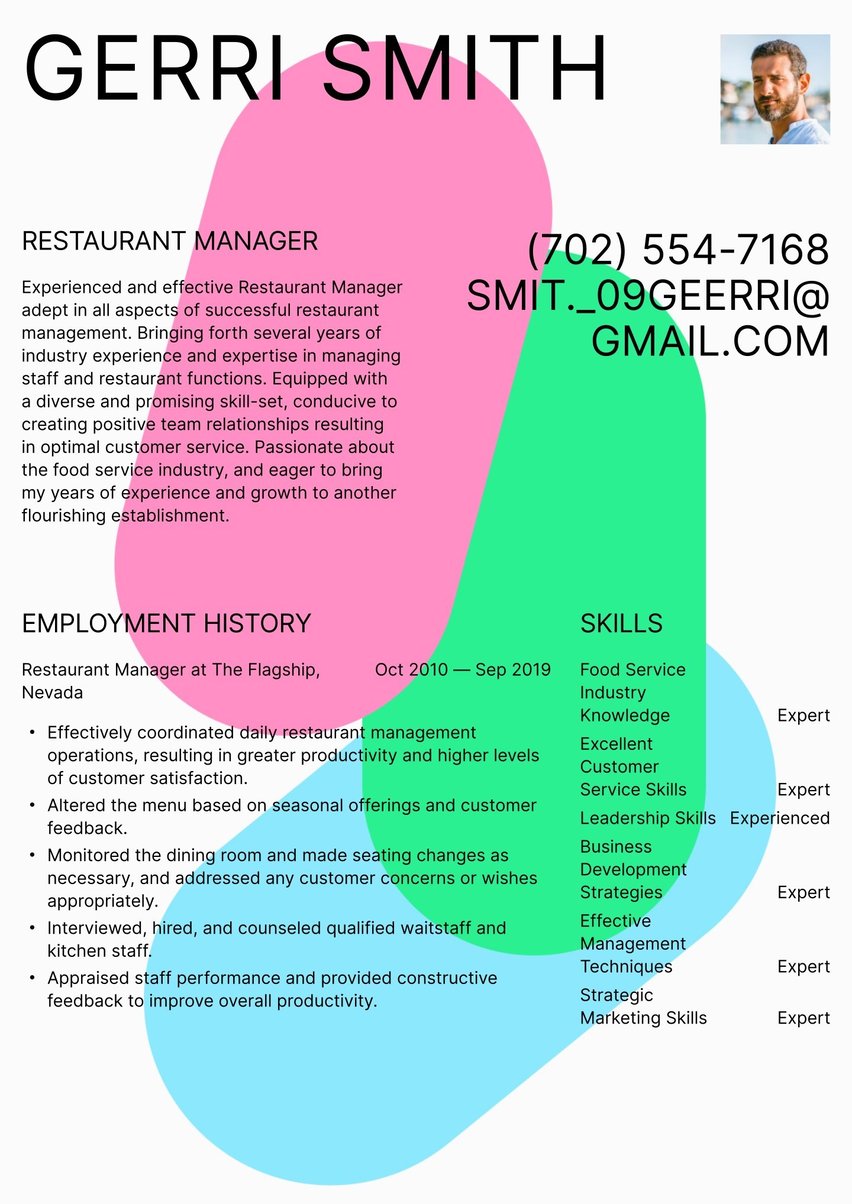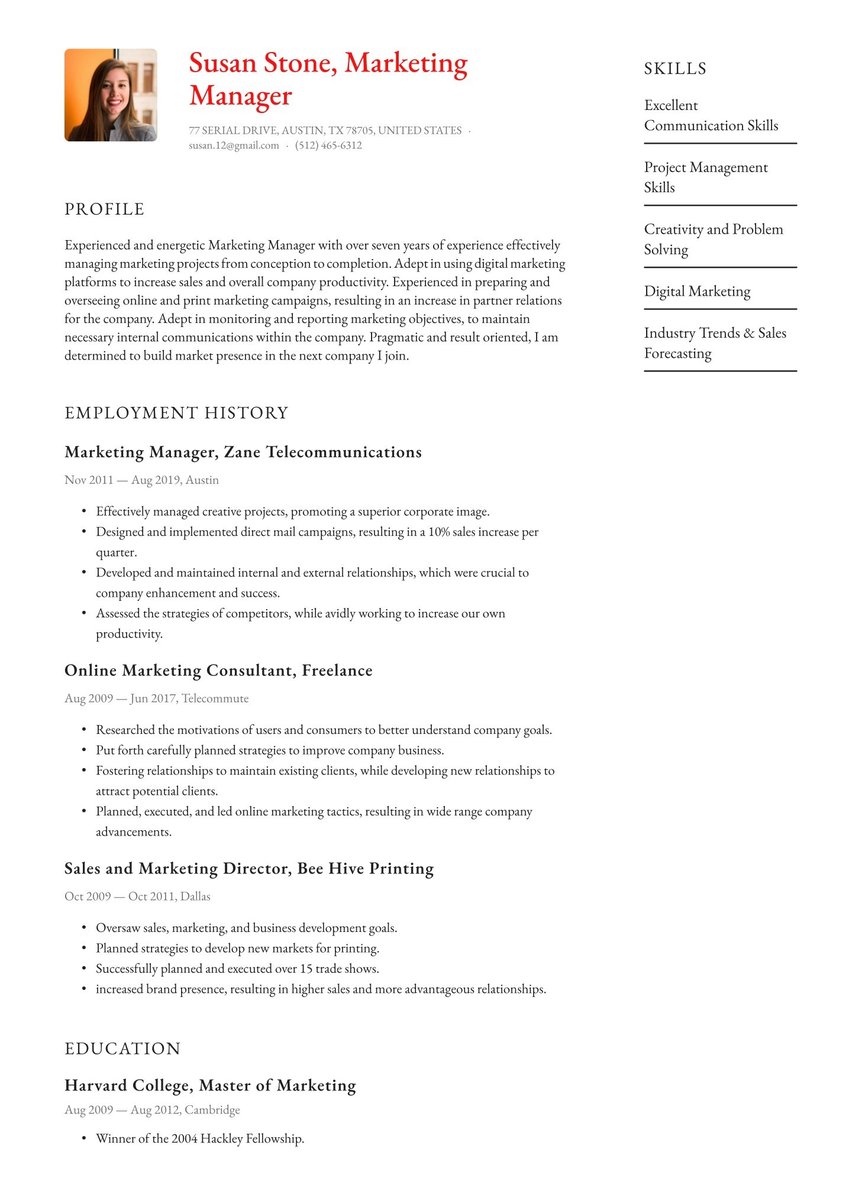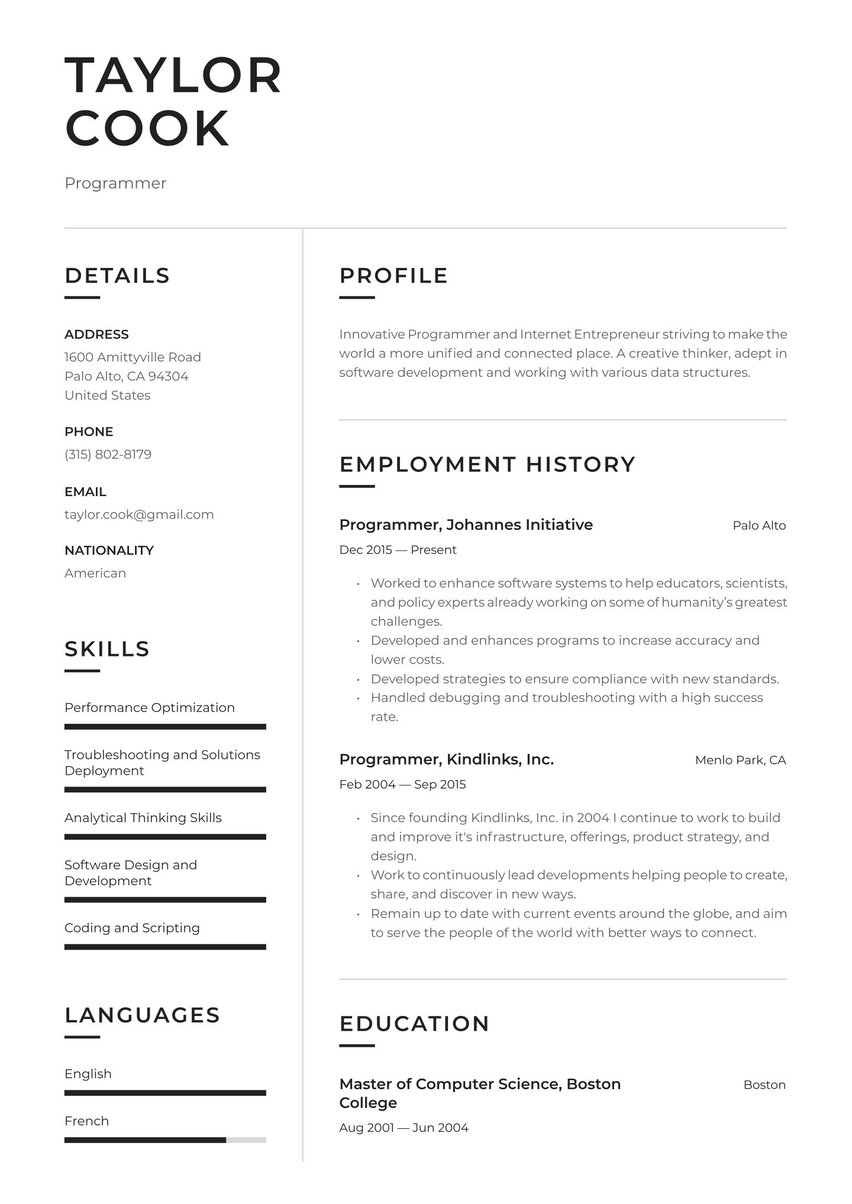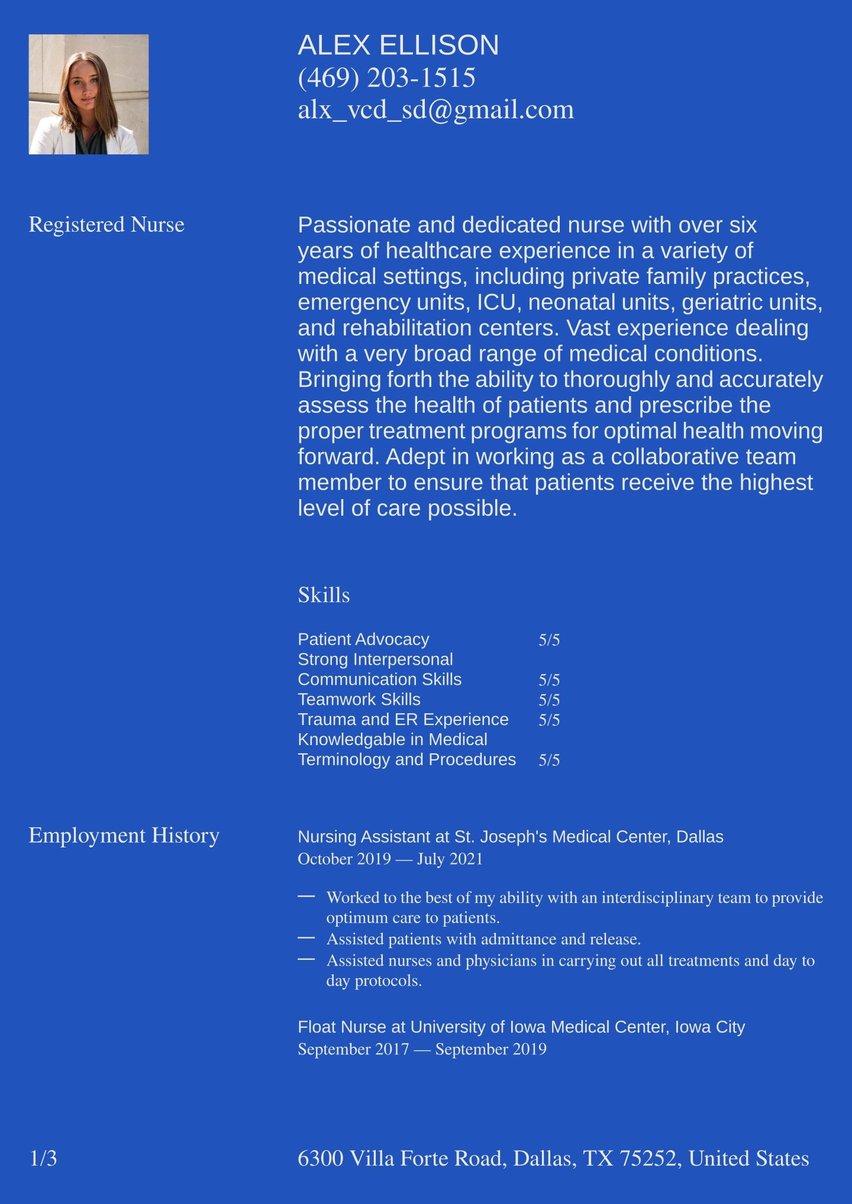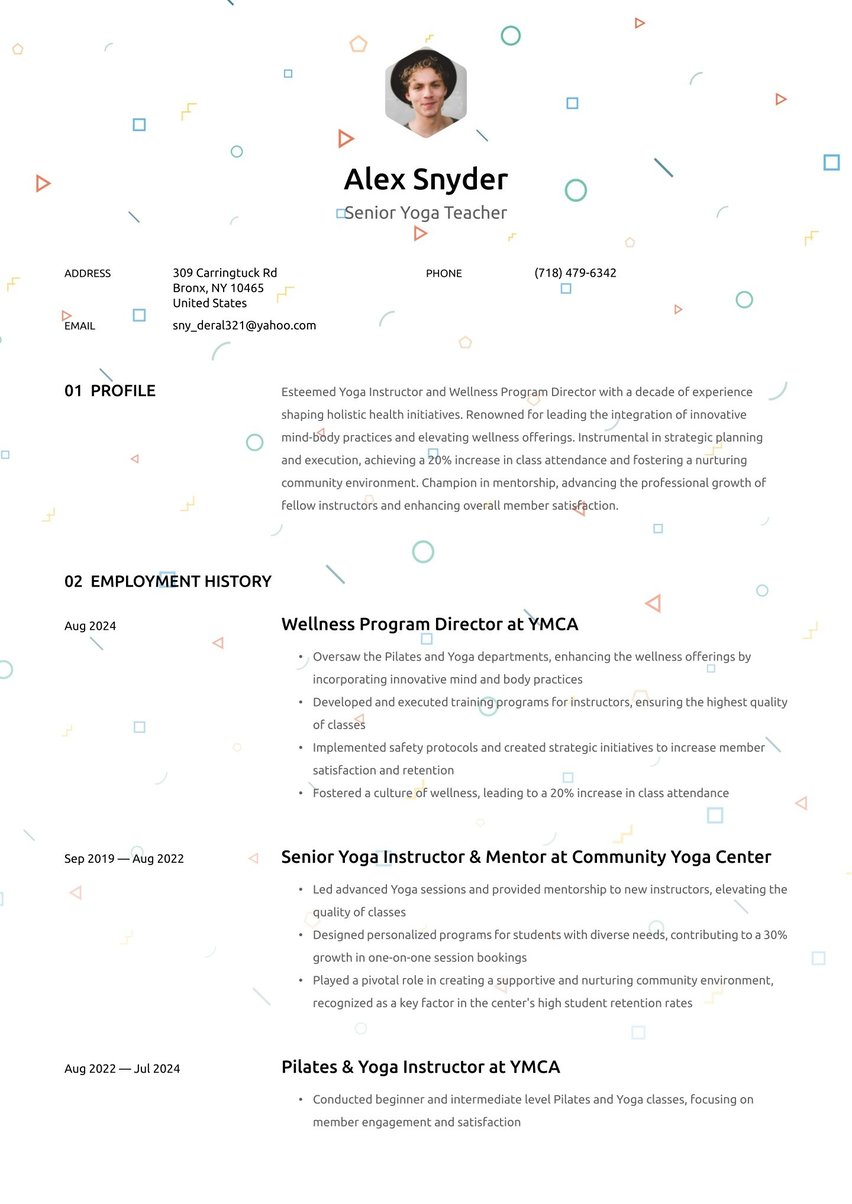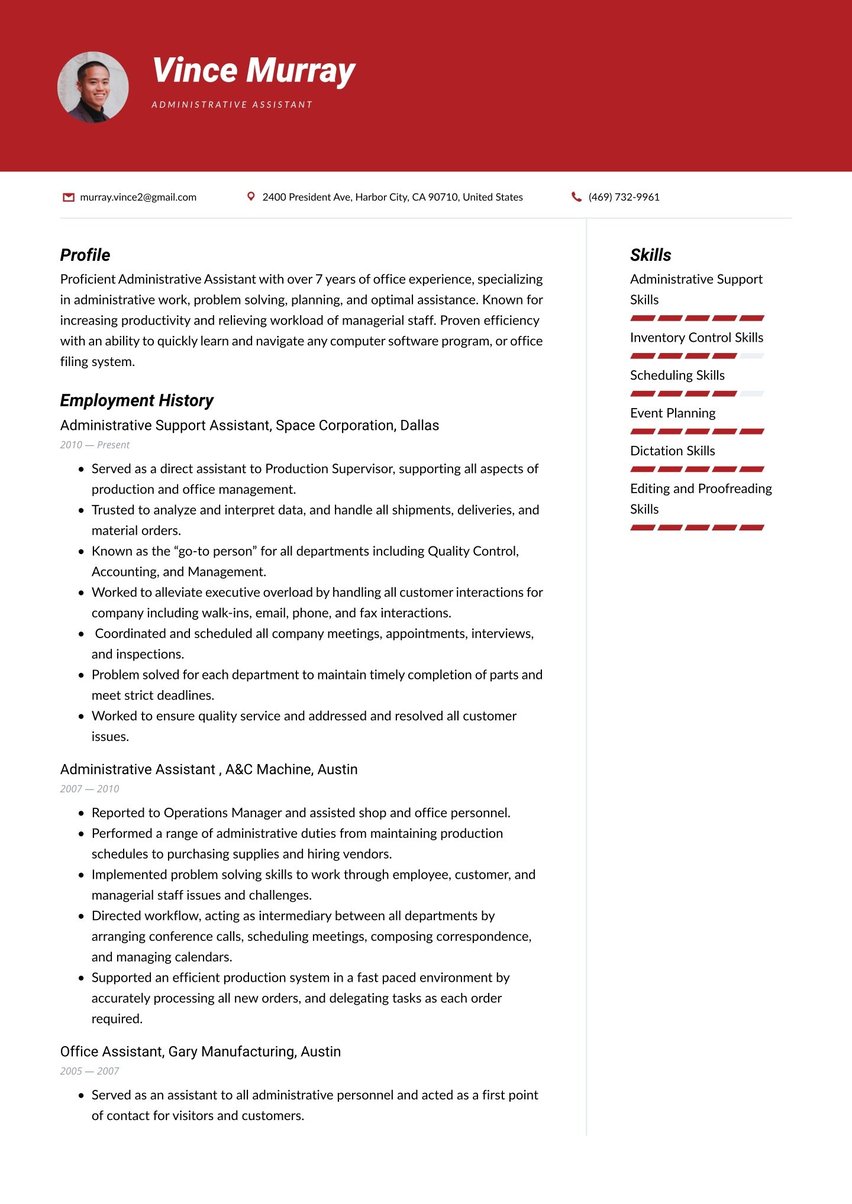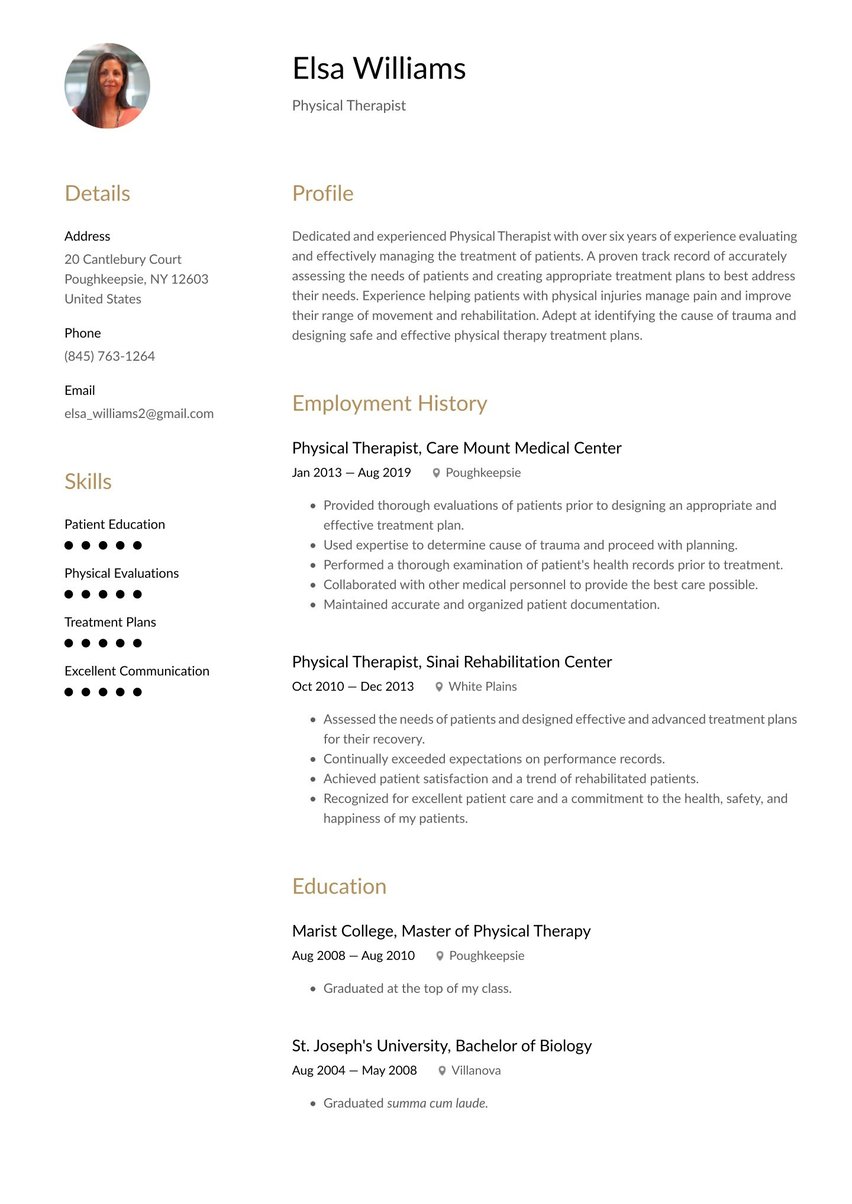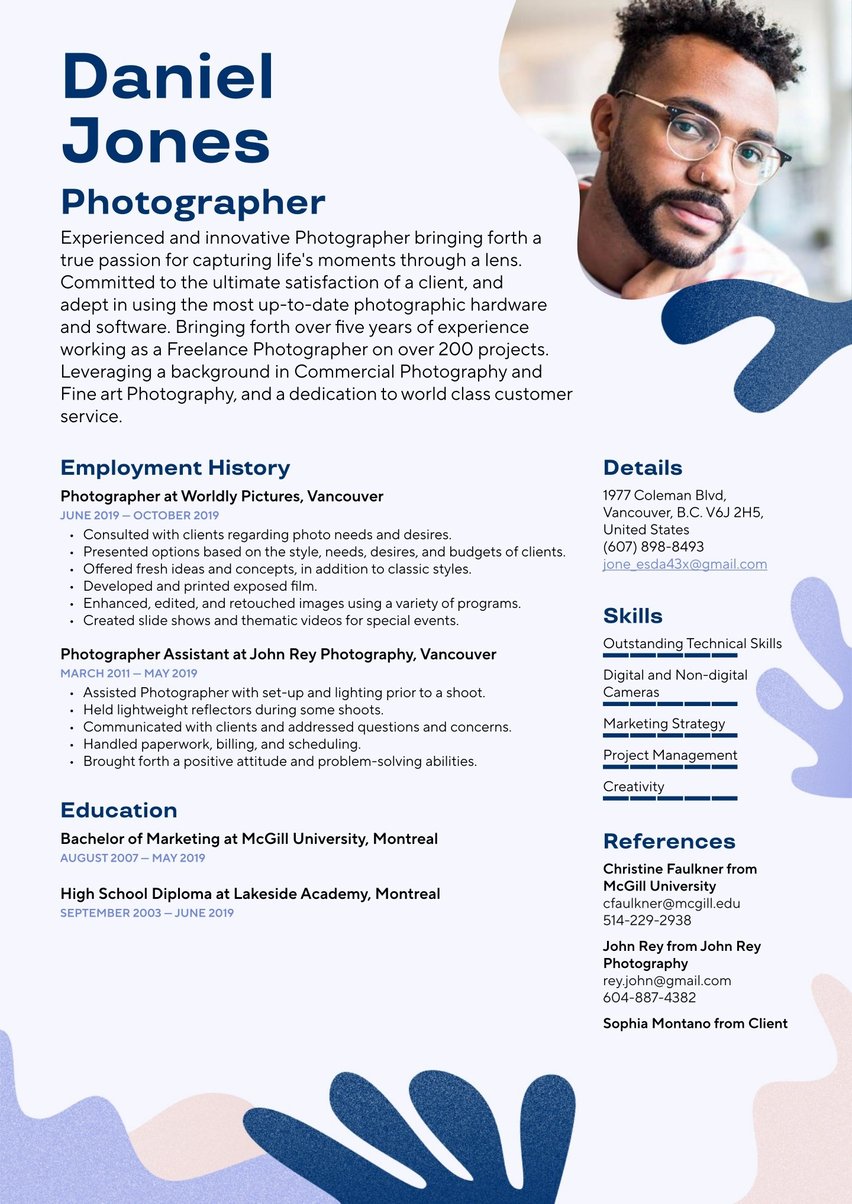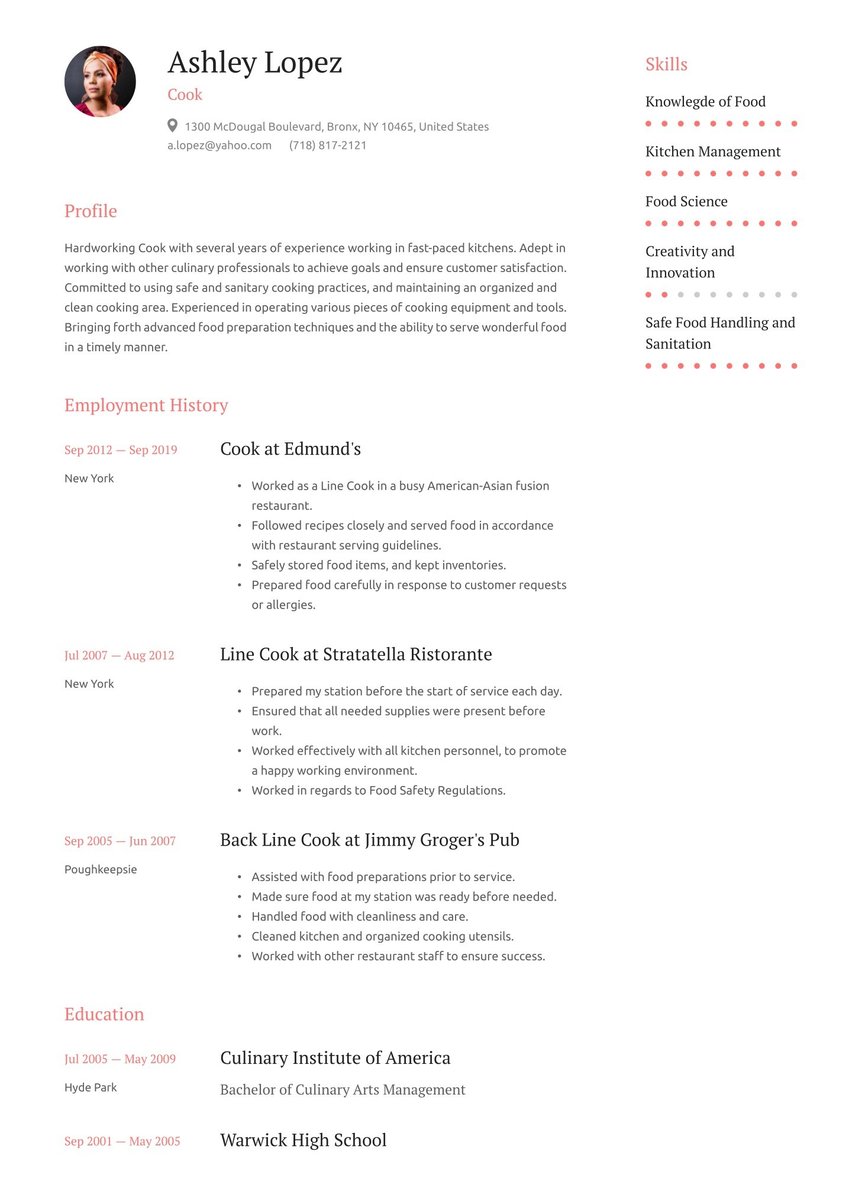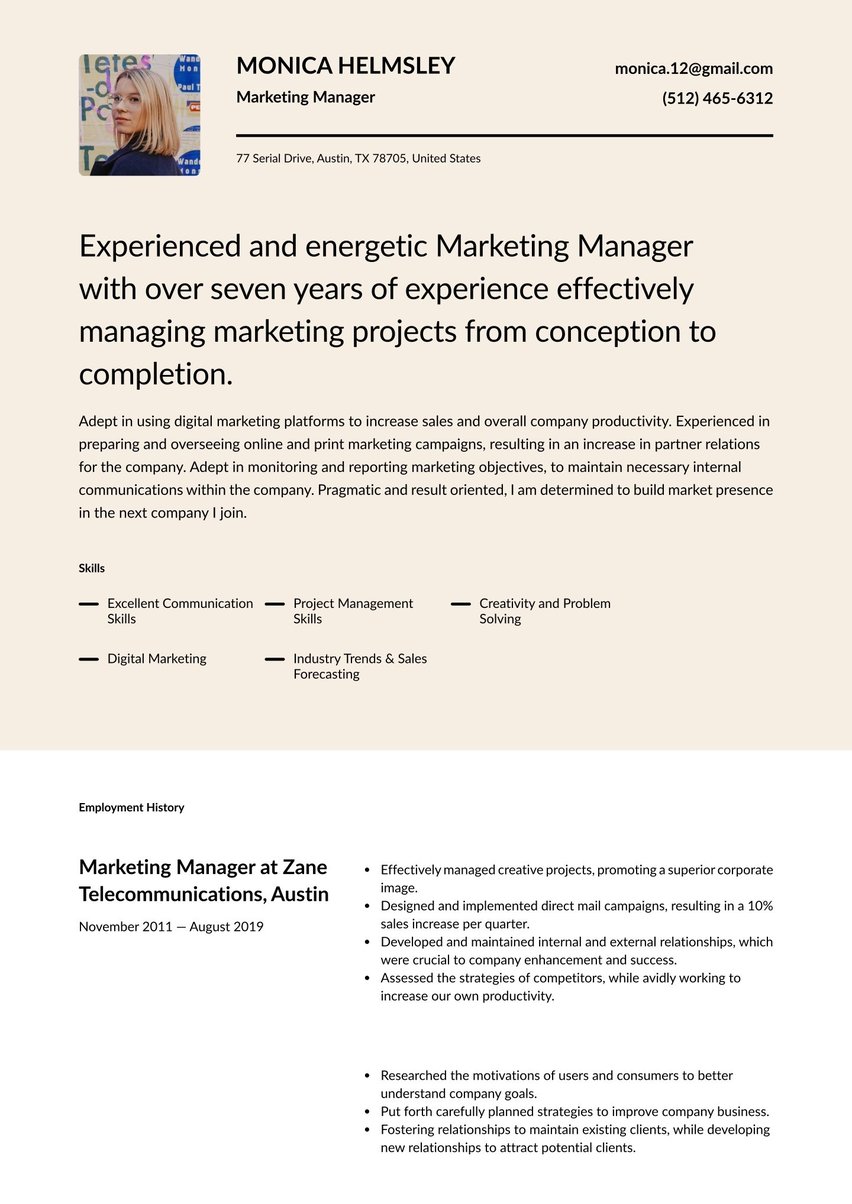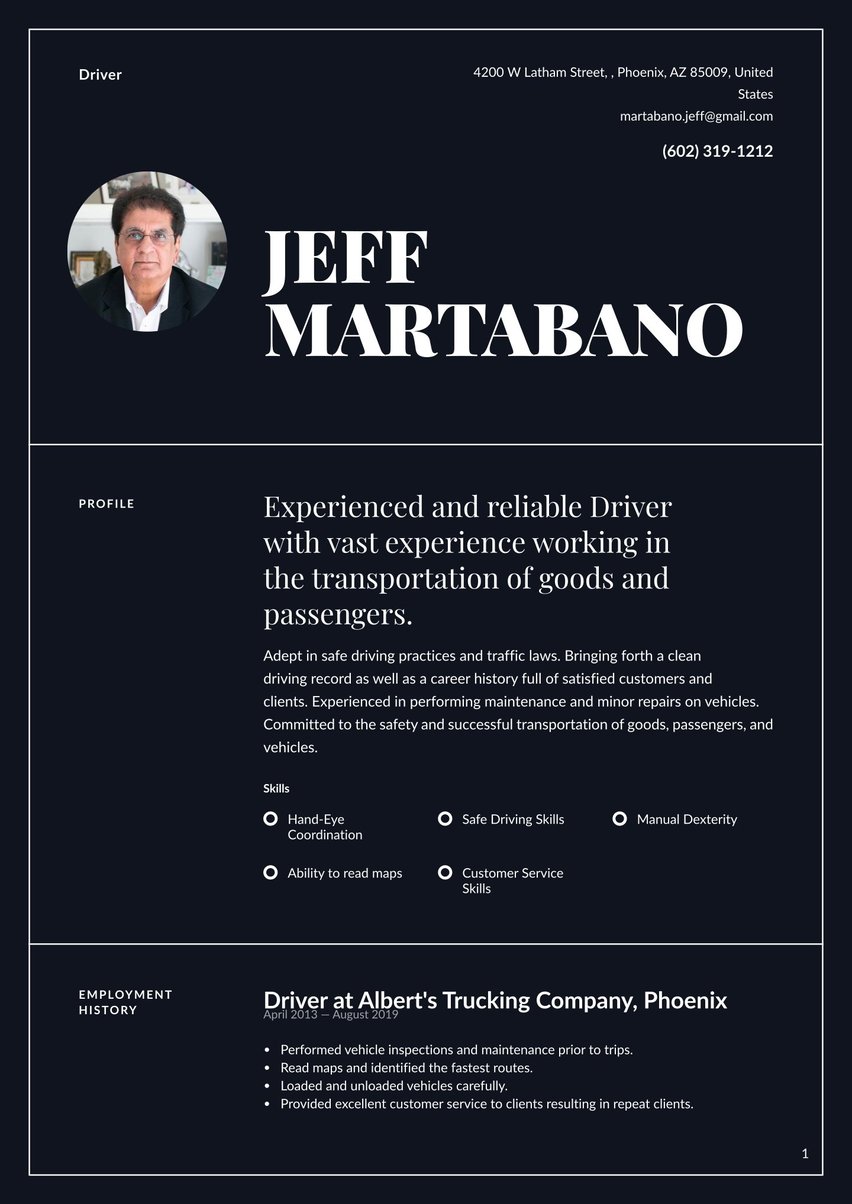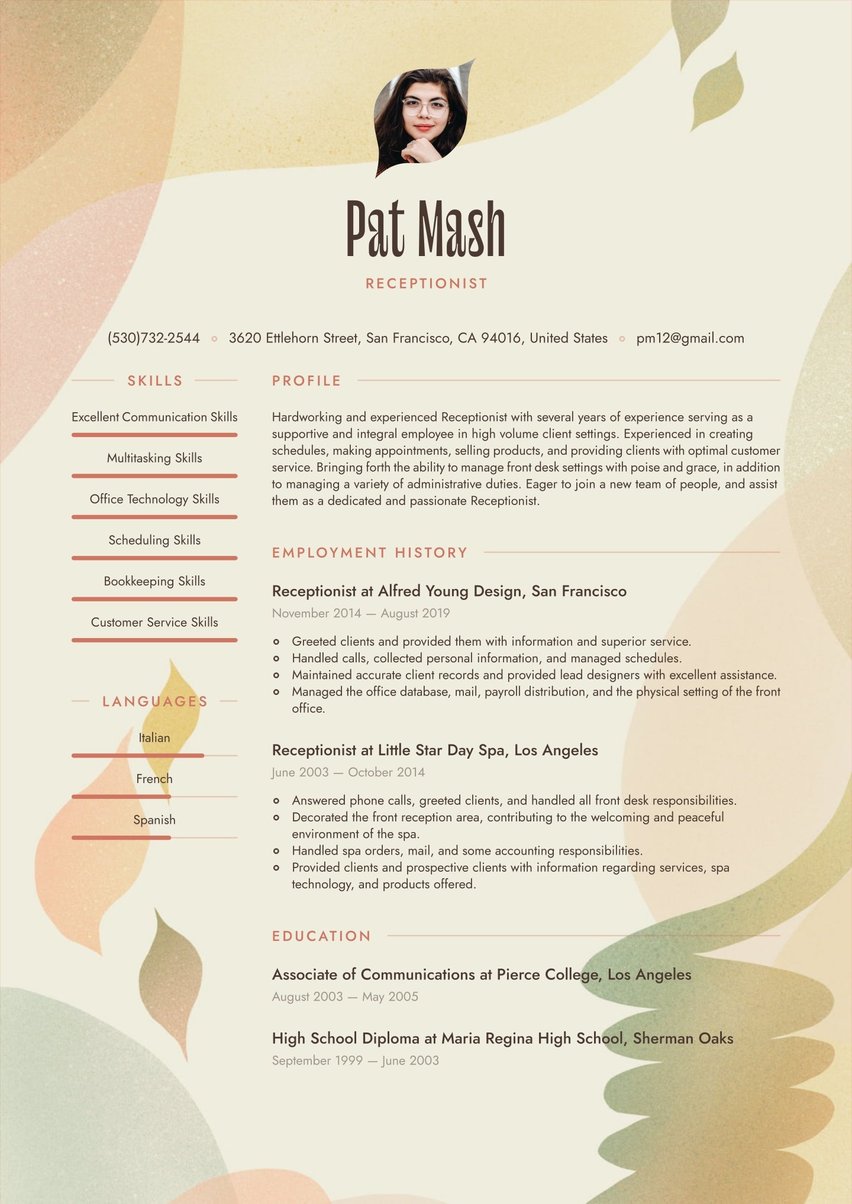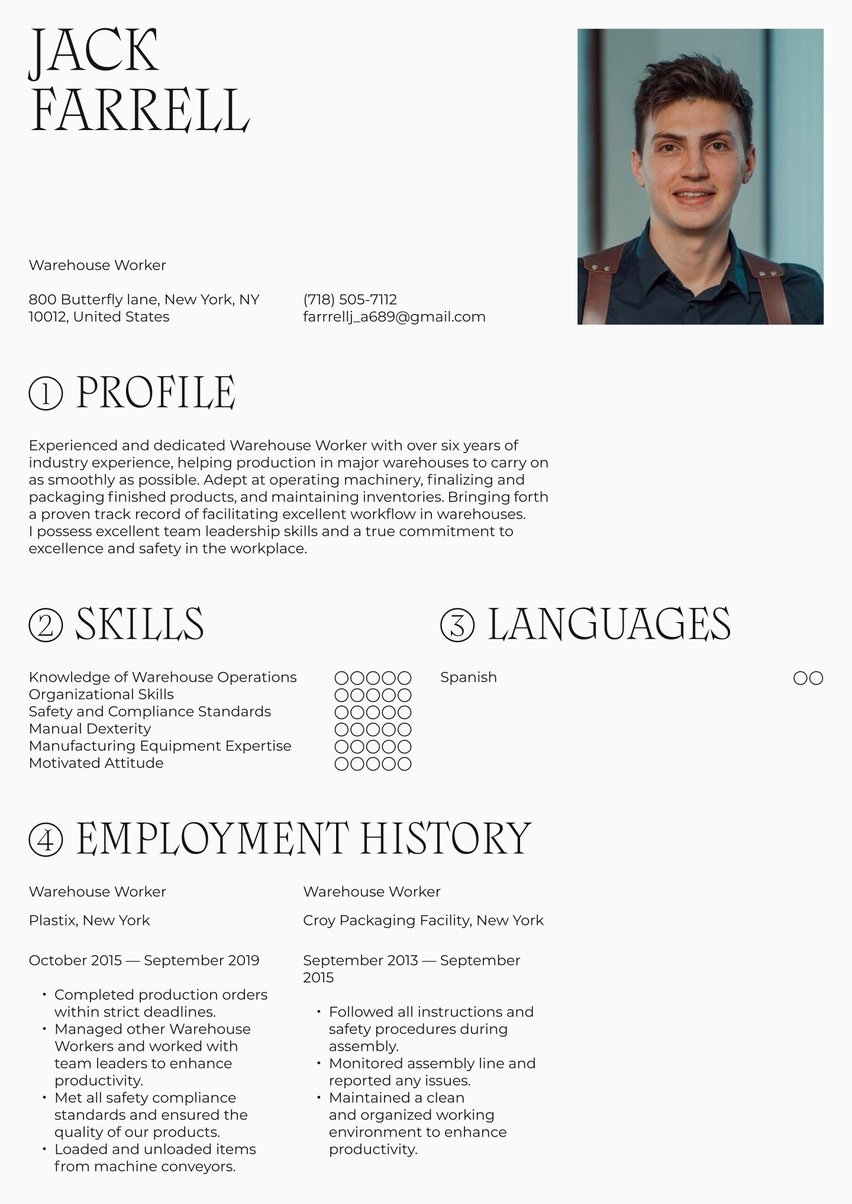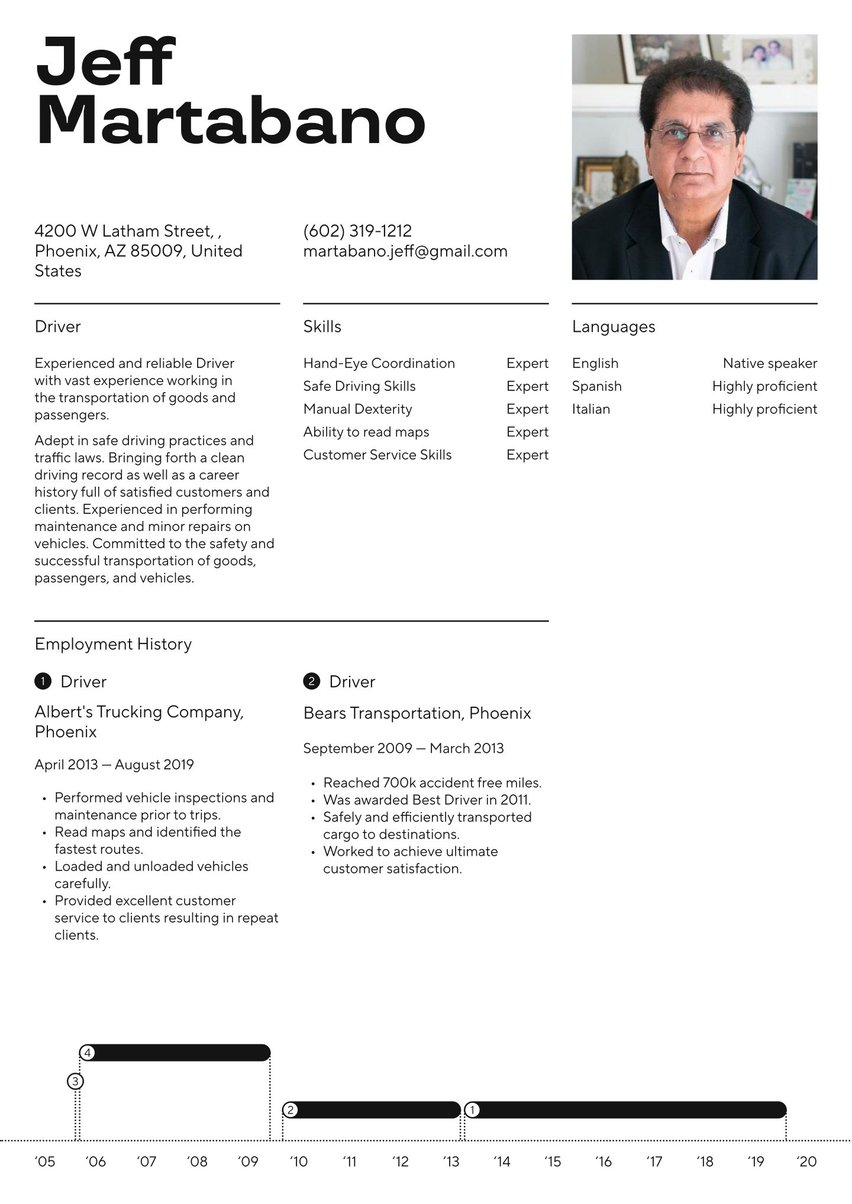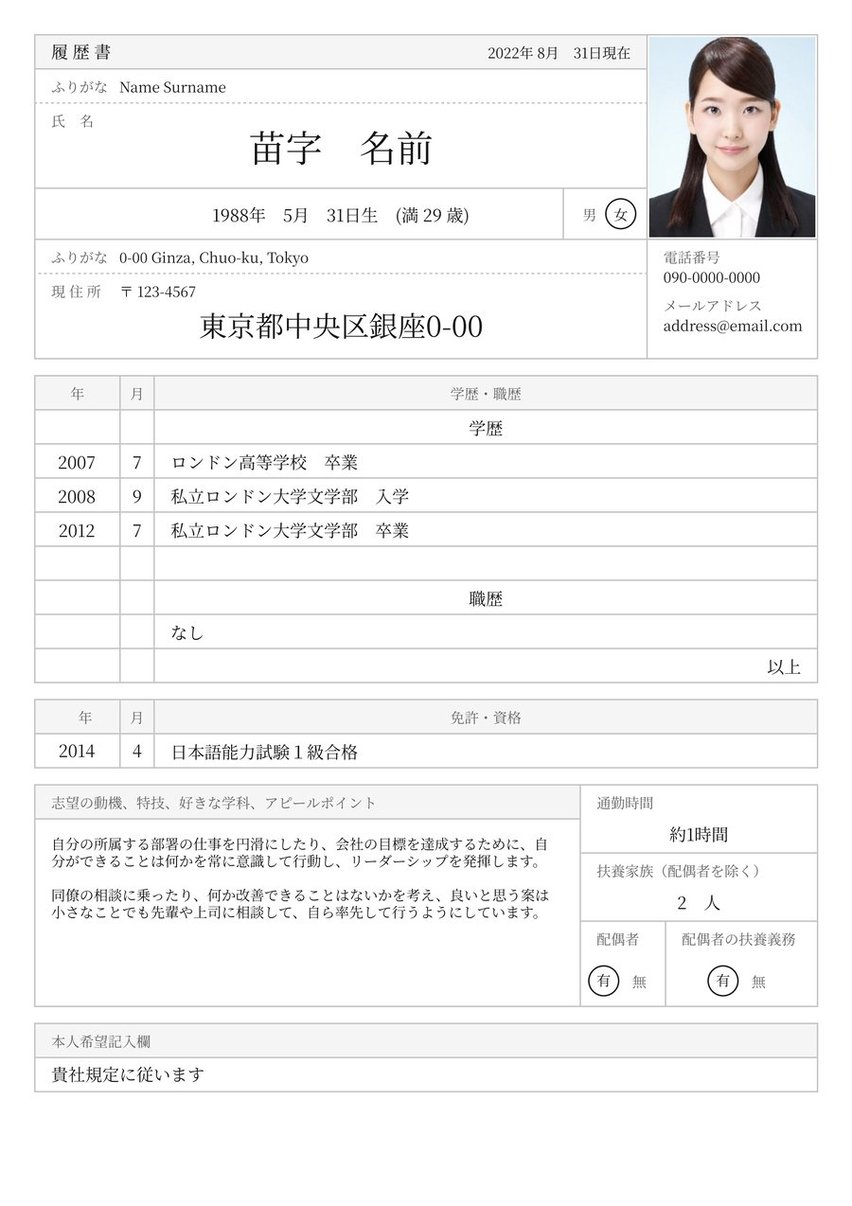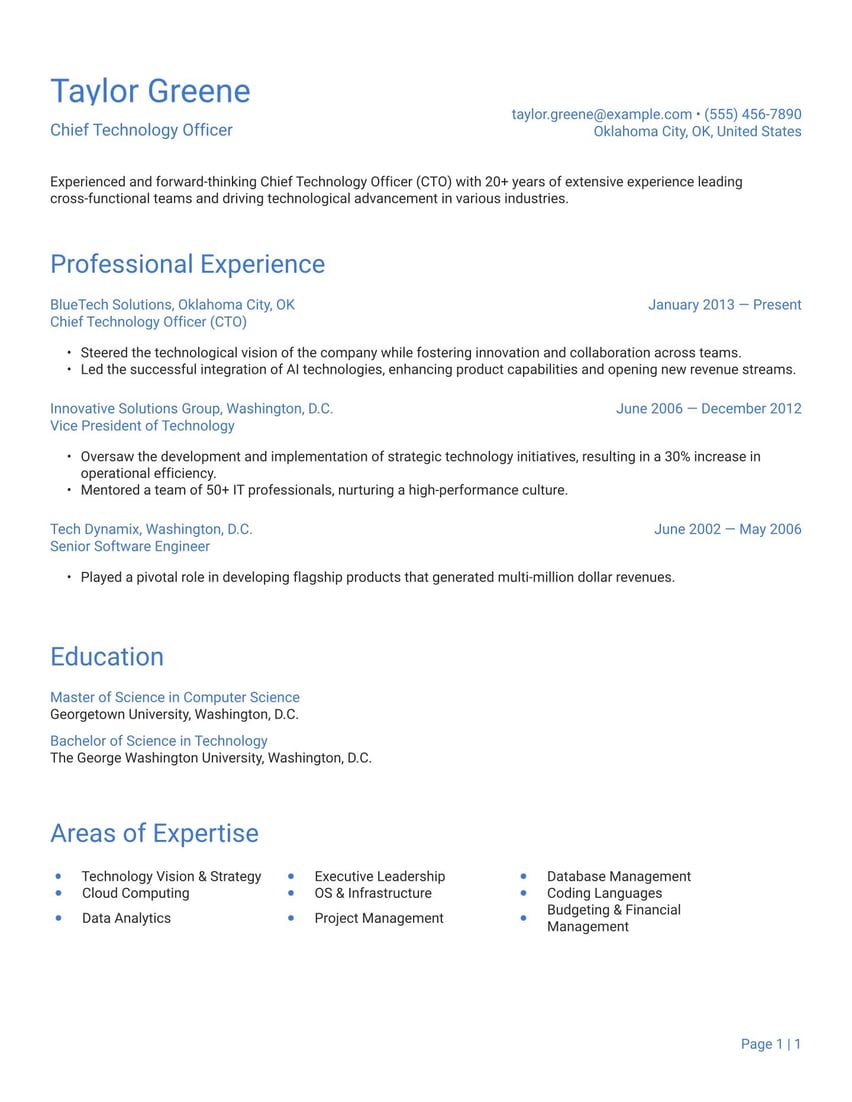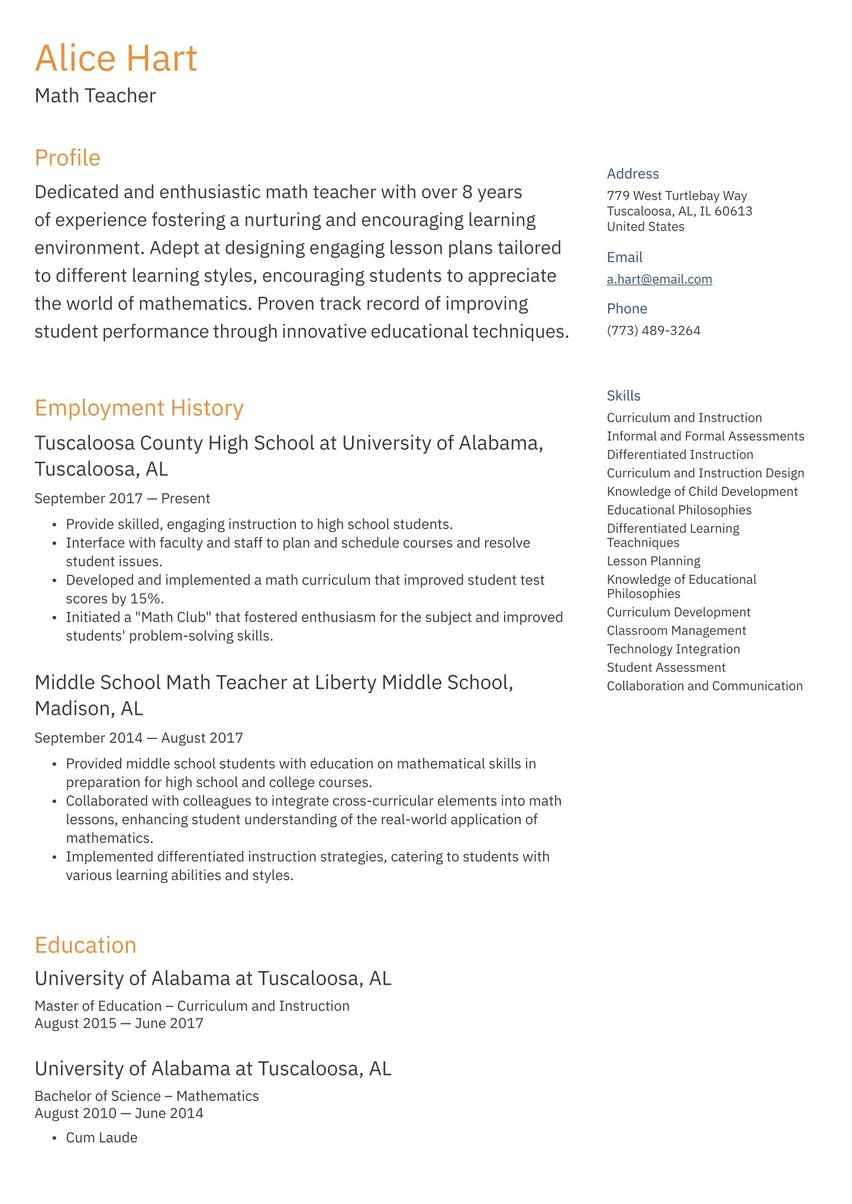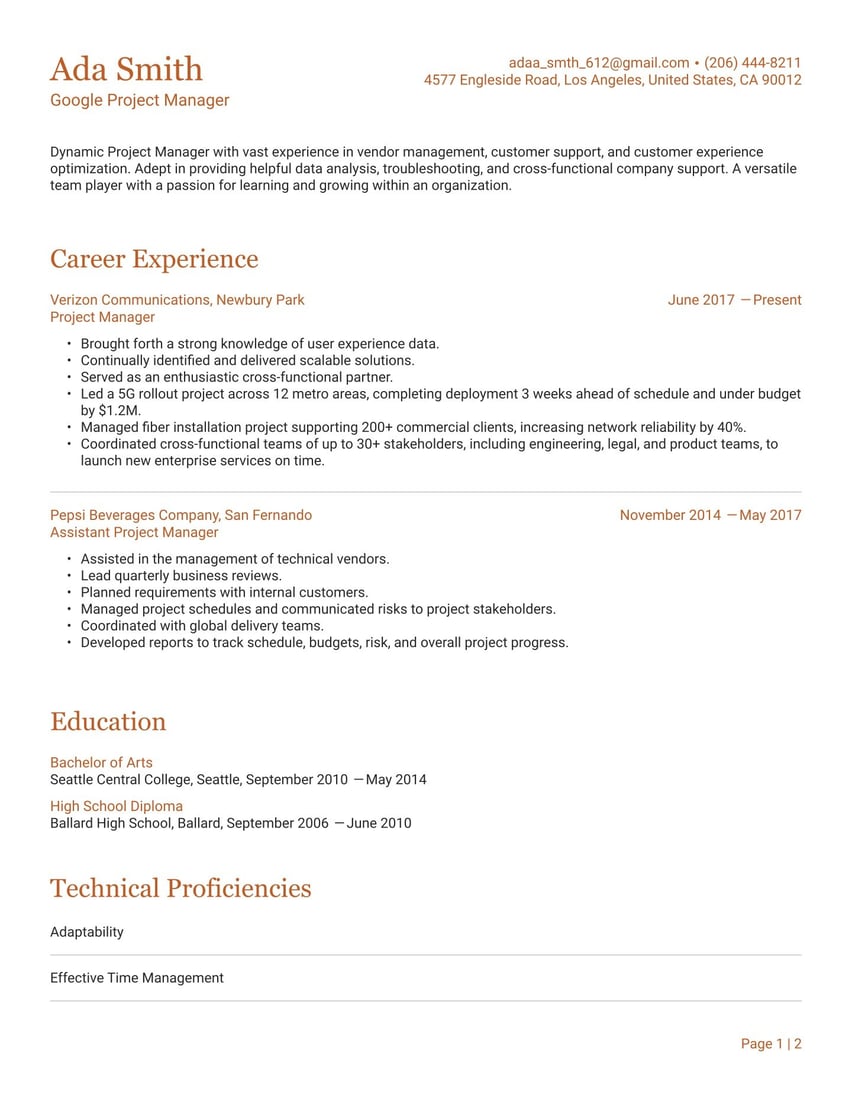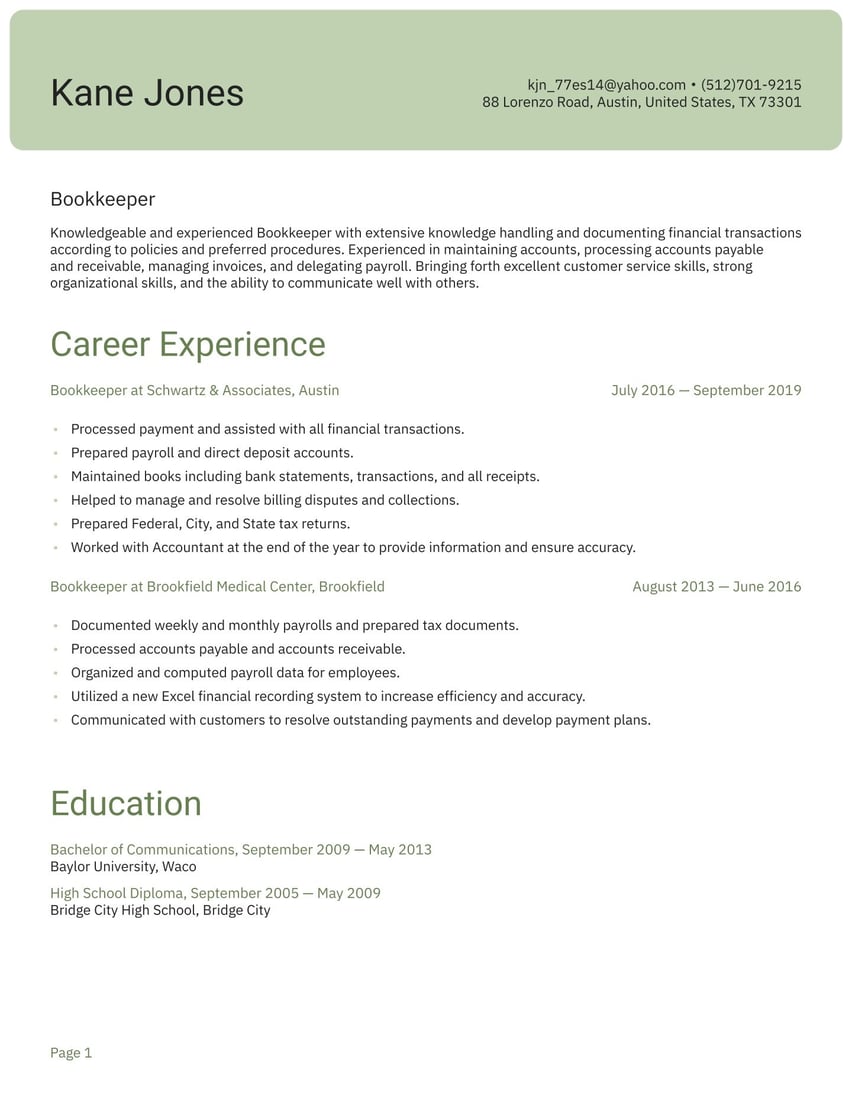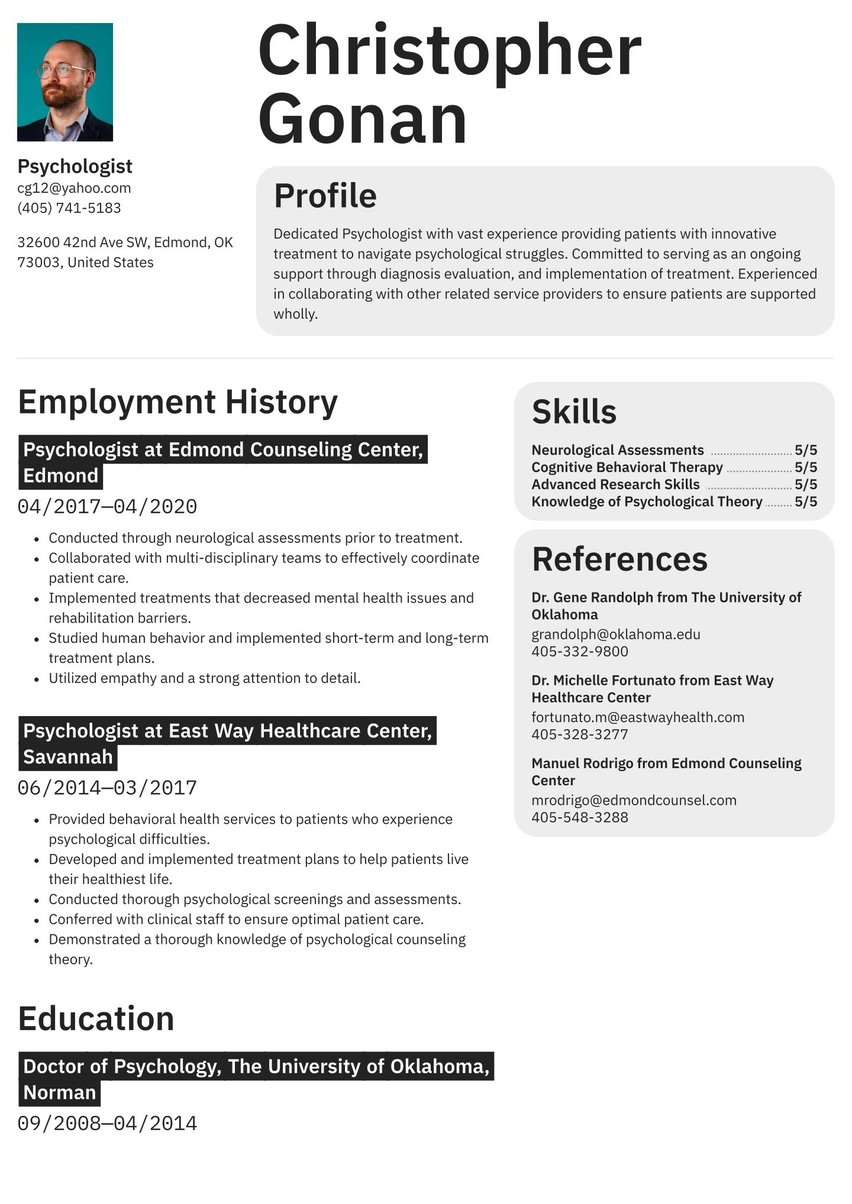Motivated Technical Writer with 7+ years of experience writing and editing technical documentation for large consulting firms. Adept in reviewing, revising, and maintaining technical documents, as well as creating code documentation for software.
04/2017 - present, Technical Writer, Xec Interactive, Danbury
- Work to create concepts for technical writing based on engineering drawings, engineering documentation, and consultations with subject matter experts.
- Contribute to Information Architecture decisions with a strong understanding of how readers use our resources.
- Write and edit technical documentation for project hardware and software.
- Prepare visual assets, such as animated clips and videos for help center articles.
- Provide field, data definition, and data flow documentation.
- Format technical publications from technical drawings and consultations with technical personnel.
- Continually audit existing content for accessibility, and help to update content to achieve greater accessibility.
07/2015 - 03/2017, Junior Technical Writer, Pyramid, Hartford
- Researched, planned, designed, wrote, and produced customer-facing and support documentation (user guides) in accordance with best practice procedures and regulations.
- Gathered accurate and relevant information by utilizing the product directly and inquiring with experts.
- Participated in project teams and interacted with team members from different departments.
- Attended product design demonstrations and generated and maintained relevant support documentation as needed.
09/2010 - 05/2014, Bachelor of Science in Information Technology, University of Connecticut, Storrs, CT
- English
- Spanish; Castilian
- Dutch; Flemish
- Programming Languages
- Markdown
- HTML
- CSS
- and UNIX
- Application Development
- Attention to Detail
- Complex Problem Solving
As a professional wordsmith, how could you not ace a job-winning technical writer resume? It’s like a written interview audition that you script, direct, and produce single-handedly—but with no need to translate from geek-speak.
Technical Writer resume examples by experience level
Then it hits you: this communication advantage is not yours alone. “How will my resume stack up against those of other technical writers vying for the same job?” “How can I craft a technical writer's resume that will stand out?”
By utilizing a strategic plan of clarity, keywords, and highlighting what makes you unique.
A good writer knows that every word counts and it’s important to use just the right ones to get your message across.
When you’re looking for a new job, your resume is your message. Make sure that message—that you’re the best person for the job—doesn’t get lost in translation. Craft a resume that shows off your skills and holds the reader’s attention.
Resume guide for a technical writer resume
If you’re looking for further inspiration, resume.io offers advice and tools for job seekers in similar circumstances. As a leading international resource, we’ve produced over 500 occupation-specific writing guides and free resume examples, which, along with our resume builder, will help you craft an effective resume quickly and easily.
This resume guide and corresponding technical writer resume example will cover the following:
- How to write a technical writer resume
- Choosing the right resume format for technical writing
- How to add your contact information
- Using summaries
- Adding your technical writing experience
- Listing education and relevant experience
- Picking the right resume design/layout
- What the technical writing market looks like, and what salary you can expect
How to write a technical writer resume
This writing task will no doubt seem less challenging than what a pro writer is accustomed to in a typical workday. Here is the basic framework of five essential components that almost all resumes have in common:
- The resume header
- The resume summary (aka profile or personal statement)
- The employment history section
- The resume skills section
- The education section
For hiring managers to take notice, you need to differentiate yourself by conveying the impact of your abilities and accomplishments. Leave no doubt in their minds that you’re not just looking for any technical writing job, but that you are the technical writer they are looking for.
You can do that by identifying the company’s needs and crafting a narrative demonstrating that you’re the person who can meet (and exceed) those needs. Think of this unique selling proposition as the “thesis statement” of your resume, the main idea from which your whole resume hangs on.
To accomplish this goal, keep in mind the following:
- Highlight accomplishments rather than duties. Don’t just list what you did every day or what clients you worked for. Make your resume achievement-focused.
- Tailor each resume you submit to different companies. Tweak the voice of each resume to each job, just like you do for each client.
- Demonstrate that you’re a professional by using a resume template that is sleek and elegant without being dry or boring.
- Since you’ll most likely be doing a lot of online applications, optimize your resume with relevant keywords so it won’t be overlooked by ATS screening software. To maximize your chances of making it through the system, consider using an ATS resume template.
It all starts with research!
Technical writers have great research skills, so make sure to utilize them when writing your resume. Your first source is the advertised job description. Analyze it carefully, more than once. Pay particular attention to keywords you will want to incorporate into your resume.
Then turn to websites, publications, and conversations with insiders if possible. Learn everything you can about the hiring organization and industry—what it’s about, their mission and goals, and how you can fit into a team. Get a feel for the workplace and corporate culture: staff, collaborators, and customers. This will help you pass through the ATS and highlight your USP.
Choosing the right resume format for a technical writer
For good reason, the chronological resume format is the most popular choice for job seekers and recruiters alike. In nine out of 10 instances, it’s the best way to organize your job history under employer headings, in reverse order from most recent to earliest dates. It provides a reader-friendly overview of your progressive work experience at a glance.
The functional resume format might be a good choice for freelance technical writers, placing more emphasis on specific skills or expertise than where you worked. It. The hybrid (combination) resume format is another option allowing for both skills-based and chronological work history sections.
Fortunately, resume.io has a wide variety of resume templates in our resume builder, so you’ll be able to find the best format for your situation. And if you need more inspiration, we have a variety of versions of the three formats available as resume examples.
When talking about design, a technical writer's resume should use a concise, streamlined, modern layout that is easy for a dealership's hiring manager to read and locate the information he or she needs.
Include your contact information
A distinctive resume header enables your job application to stand out from everyone else’s upfront. As a visual branding element, it gives prominence to your name, occupation or job title, contact information, your LinkedIn profile URL, and your online portfolio (if you have one).
Applying the same header design to your cover letter reinforces the eye-pleasing impact and shows your regard for communication details. Duly impressed recruiters can revisit this matching pair of documents at any time and easily know at a glance how to get in touch with you.
- Full name & title. Provide your first and last name and the title of the role you are applying for.
- Professional email address. Use a simple format like firstname.lastname@gmail.com. Don’t use a “fun” email address, as it implies you’re not a serious candidate.
- Phone number. List a number where you can be readily contacted, with a professional voicemail greeting. Avoid using your current work phone or a shared number.
- Location. List only your city and state. You don’t need to give your street address, as it’s not done and can be unsafe. If you’re willing to move, note ' Willing to Relocate' here.
- LinkedIn. If you have an active, up-to-date LinkedIn profile, include it here. Consider personalizing your URL.
- Online portfolio. Many technical writers have an online portfolio or website where they showcase their work. If you have one, make sure it’s up-to-date and include the link.
Don’t include:
- Date of birth. It’s irrelevant and leaves you open to age discrimination.
- Personal details. Marital status, social security number, passport number, etc.
- Photo Headshot. Generally not done in the US unless it’s required for the position.
Peter Jones
Technical Writer
Danbury, CT
(203) 885-3223
jnes_ptr99@gmail.com
Peter Jones
Wordsmith for the Ages
Danbury, CT
(203) 885-3223
cooldude123@gmail.com
Make use of a summary
Of all the superpowers that technical writers possess, their deftness at pinpointing and summarizing key details from mountains of material may be unparalleled. This will serve you well in crafting a resume summary that hits the right high notes.
While only 2-3 sentences long, this professional synopsis—sometimes called the profile or personal statement—is meant to be a big motivator for hiring managers to get curious and connected. Position yourself as a problem solver and highlight the key reasons why this employer needs you on its team. “This could be the one,” is the reaction you are after.
Make sure to use action verbs in the simple past or present tense—researched, edited, reviewed, collaborated, documented—and don’t forget to incorporate quantifiable achievements when applicable.
When it comes to resume summaries, don’t just cut and paste information found elsewhere on the resume. They should provide “bonus information” about why you’re the best at what you do, i.e., your unique value proposition. For example, “Oversaw the implementation of an AI-powered document management system that resulted in a 52% increase in accuracy and a 20% reduction in time-to-publish for new user guides and manuals.”
This is the place to highlight your professional brand, so make sure it’s clear and effective. The hiring manager wants to know what makes you special, so make sure your skills, talents, and accomplishments are placed front-and-center.
Need inspiration for your summary? Check out our related resumes:
You can find adaptable technical writer resume examples summary below:
Emerging technical writer with foundational experience in creating and refining technical documentation for hardware and software projects. Skilled in Markdown, HTML, and basic technical writing principles, with a strong commitment to detail and user accessibility. Demonstrated adaptability and a proactive approach to learning, collaborating effectively with technical teams to meet documentation standards.
Motivated technical writer with 7+ years of experience writing and editing technical documentation for large consulting firms. Adept in reviewing, revising, and maintaining technical documents, as well as creating code documentation for software.
Distinguished senior technical writer and documentation strategist with over 7 years of experience spearheading documentation departments for leading consulting firms. Renowned for driving senior documentation strategy, mastering markup languages, and enhancing technical communication. Instrumental in leading teams to deliver user-centric documentation, significantly improving accessibility and user engagement. Recognized for collaborating with cross-functional senior stakeholders to distill complex technical information into clear, impactful content.
Outline your technical writer work experience: the writing way
When creating your work history section, remember the golden relevance rule: if it doesn’t relate to the job you’re applying for, leave it out. And only go back 10-15 years (older experience can be placed under a separate section called, "Additional Experience," if you wish).
This also can be applied to keywords. Make sure your language is an exact fit to the posted job description.
- Use dynamic action verbs, in the active voice, to describe what you did. (Ban “responsible for” from your resume vocabulary!)
- Indicate “why” and “how” when describing accomplishments, along with beneficial outcomes.
- Performance-related facts and figures are ideal wherever possible. Employers are keenly interested in deliverables with measurable results. For instance, you might cite the number of:
- Technical documents produced last year
- Content topics identified
- Team members, collaborators, or end users
For example, have you ever seen task-related statements like these in a technical writer resume?
- "Wrote and edited a variety of user manuals and documents.."
- "Interacted with other teams to produce work that met the documentation specs."
- "Helped increase efficiency."
These generic statements could describe any technical writer, but they don’t show what you’ve actually accomplished. You want to position yourself as an achiever, not just someone who did the bare minimum.
Instead, incorporate results-based points that highlight what you accomplished: work volume managed, sales generation, efficiency improvements, and so on.
Check out these reworked versions of the phrases above:
- "Documented 15k words of end-user manuals and managed 30 reference manuals for three clients in the human resources arena."
- "Collaborated with sales teams to develop training manuals and documentation for hardware products that generated $10M in revenue in 2022.
- "Increased team efficiency by 15% and reduced documentation time by 20% through multi-team cross-collaboration to streamline the user interface, saving the company $5k in the third quarter of 2023."
Take a look at the technical writer employment history resume sample below:
Technical Writer at Xec Interactive, Danbury
April 2017 - Present
- Work to create concepts for technical writing based on engineering drawings, engineering documentation, and consultations with subject matter experts.
- Contribute to Information Architecture decisions with a strong understanding of how readers use our resources.
- Write and edit technical documentation for project hardware and software.
- Prepare visual assets, such as animated clips and videos for help center articles.
- Provide field, data definition, and data flow documentation.
- Format technical publications from technical drawings and consultations with technical personnel.
- Continually audit existing content for accessibility, and help to update content to achieve greater accessibility.
Junior Technical Writer at Pyramid, Hartford
July 2015 - March 2017
- Researched, planned, designed, wrote, and produced customer-facing and support documentation (user guides) in accordance with best practice procedures and regulations.
- Gathered accurate and relevant information by utilizing the product directly and inquiring with experts.
- Participated in project teams and interacted with team members from different departments.
- Attended product design demonstrations and generated and maintained relevant support documentation as needed.
Include the relevant key skills that make you a great technical writer
There will never be enough room on any resume for more than a handful of skills that employers would value in a technical writer. There are dozens of technical skills alone and subcategories of specific writing skills and software tools. And every resume needs a blend of hard skills to show you can meet the technical qualifications.
However, soft skills like collaboration, curiosity, communication skills, and the ability to adapt to changing circumstances shouldn’t be undervalued, as they are crucial to success as a technical writer.
Here’s what the skills box looks like in our technical writer resume template.
Key Skills and Proficiencies
Don’t limit your skills to the skills section. Sprinkle them in each section of your resume by showing how you used those skills on the job. Support your claims by providing measurable accomplishments and outcomes.
For example, in your work experience section and professional summary, highlight your
- Technical skills by documenting the tools you use on the job and your commitment to keeping your skills current.
- Teamwork skills by showing how you managed cross-collaboration to increase efficiency and produce accurate documentation.
- Research skills by demonstrating how you gained product knowledge to complete a project.
Still not sure what skills to include? Check out the job description—it will have all the skills the company is looking for!
Detail your education & relevant technical writing certifications
The education section for most resumes isn’t complicated. List your education in reverse chronological order, which means starting with the highest degree you’ve earned and working backward.
You don’t have to limit yourself to formal education. Also include other relevant training or educational opportunities. For example,
- Training and certifications. Classes, workshops, or online courses that broaden your skills in technical writing.
- Internships. This includes training provided by a company or internships in technical writing. Training in other industries, such as IT, can also be helpful if it adds to your value as a technical writer.
- Professional development. Notate any memberships in business or trade associations, like the Society for Technical Communication (STC), to show that you’re developing knowledge and skills in the technical writing industry.
However, if you're a recent grad or a career changer, consider placing this section before your employment history. This is known as a functional resume and it places the focus on your transferable skills and qualifications and shows your commitment to professional growth in technical writing.
Bachelor of Science in Information Technology, University of Connecticut, Storrs, CT
September 2010 - May 2014
Pick the right resume layout and design for a technical writer resume
Many technical writers have some experience in the visual design side of technical content. They can appreciate that when a document looks as good as sounds when perused, the readability score shoots up.
Keeping things simple, streamlined, and uncluttered is your best assurance of a resume page that’s eye-pleasing in a professionally polished sense.
- An orderly layout helps readers find what they’re looking for in the expected location. Sections should connect logically and smoothly to each other.
- Reader-friendliness should also guide your font choices. Stay with the same one for all body text, and only one different style for header text and section titles.
- A little bit of creativity can go a long way if drabness is a concern. Use graphic touches and color splashes sparingly so the impact is attractive and never distracting.
Writing a great resume may take a bit of time, but our expert-tested resume templates can make the process much easier.
Technical writer text-only resume example
Profile
Motivated Technical Writer with 7+ years of experience writing and editing technical documentation for large consulting firms. Adept in reviewing, revising, and maintaining technical documents, as well as creating code documentation for software.
Employment history
Technical Writer at Xec Interactive, Danbury
April 2017 - Present
- Work to create concepts for technical writing based on engineering drawings, engineering documentation, and consultations with subject matter experts.
- Contribute to Information Architecture decisions with a strong understanding of how readers use our resources.
- Write and edit technical documentation for project hardware and software.
- Prepare visual assets, such as animated clips and videos for help center articles.
- Provide field, data definition, and data flow documentation.
- Format technical publications from technical drawings and consultations with technical personnel.
- Continually audit existing content for accessibility, and help to update content to achieve greater accessibility.
Junior Technical Writer at Pyramid, Hartford
July 2015 - March 2017
- Researched, planned, designed, wrote, and produced customer-facing and support documentation (user guides) in accordance with best practice procedures and regulations.
- Gathered accurate and relevant information by utilizing the product directly and inquiring with experts.
- Participated in project teams and interacted with team members from different departments.
- Attended product design demonstrations and generated and maintained relevant support documentation as needed.
Skills
- Programming Languages
- Markdown, HTML, CSS, and UNIX
- Application Development
- Attention to Detail
- Complex Problem Solving
Education
Bachelor of Science in Information Technology, University of Connecticut, Storrs, CT
September 2010 - May 2014
Technical writing job market and outlook
The constant emergence of new technology and product innovations across all industries will see the continued abundance of career opportunities for technical writers.
This trend is expected to continue. The U.S. Bureau of Labor Statistics (BLS) projects a 6% increase in jobs for technical writers from 2021 to 2031. This growth rate is just slightly faster than the 5% estimate for media and communication workers overall, and the 5% occupational average.
- About 4,100 new jobs for technical writers are projected each year over the next decade.
- The majority (40%) of technical writers work for professional, scientific, and technical services.
- There are 150,100 active technical writer job positions in the US.
What type of salary can you expect as a technical writer?
Technical writers generally earn a salary and work full-time, although some freelance or own their own business. For those on staff at a company, the median annual wage was $80,050 in May 2023.
Salaries for similar roles:
- Editors: $75,020
- Writers and authors: $73,690
- UX writer: $71,112
- Instructional designer: $79,711
- Technical editor: $75,510
Key takeaways for building a technical writer resume
The constant emergence of new technology and product innovations across all industries will see the continued abundance of career opportunities for technical writers. Start by identifying the company’s needs and crafting a narrative demonstrating that you’re the person who can meet (and exceed) those needs. Keeping things simple, streamlined, and uncluttered is your best assurance of a resume page that’s eye-pleasing in a professionally polished sense.
Start your job search with a resume builder, but why stop there? With resume.io’s 18 powerful tools, you can search for jobs, track your journey, prepare for interviews, and negotiate salaries—all with our all-inclusive career toolkit at your fingertips.


.jpg)

.jpg)






